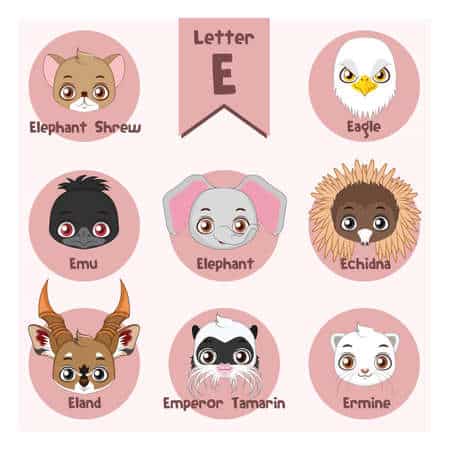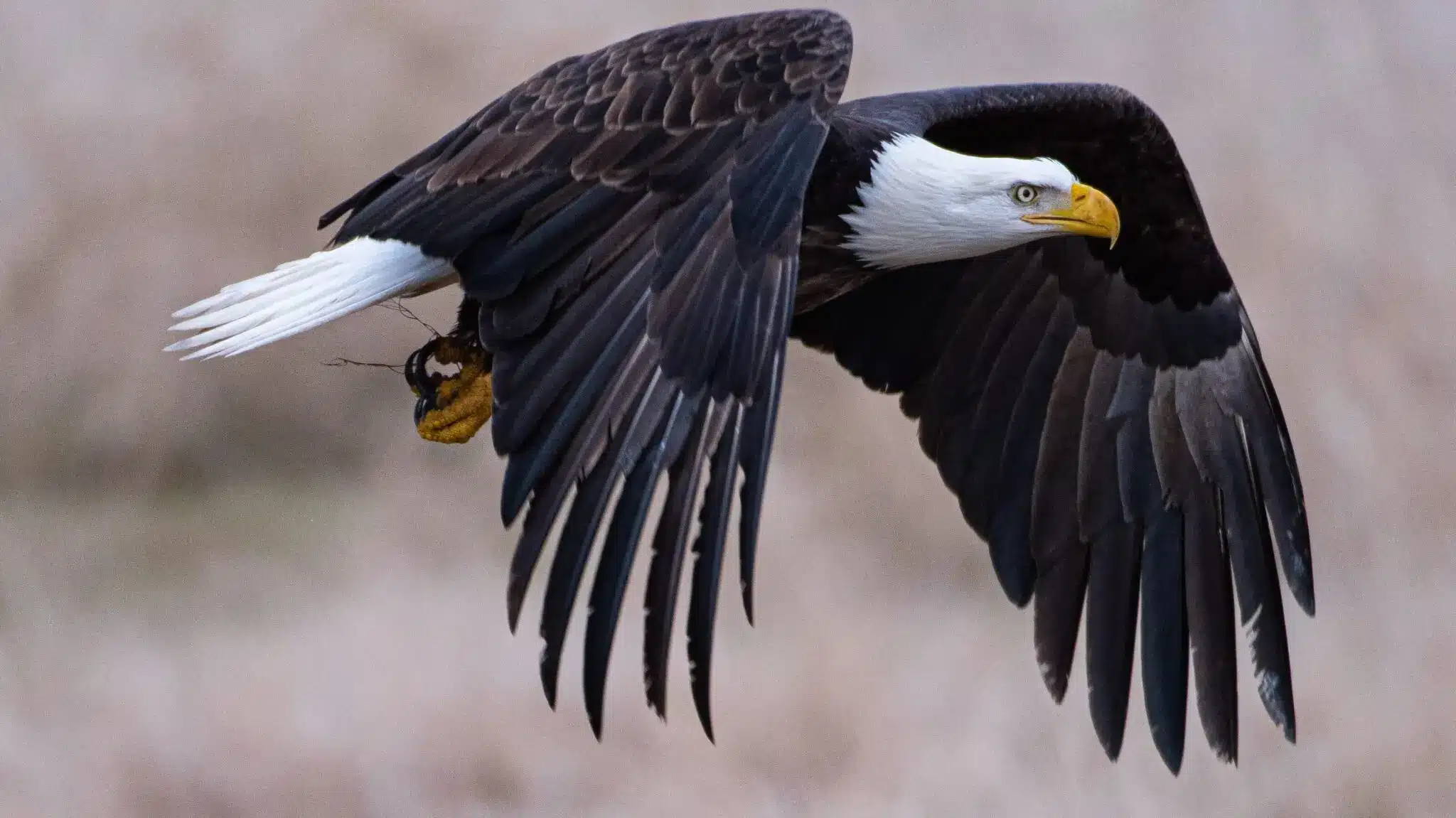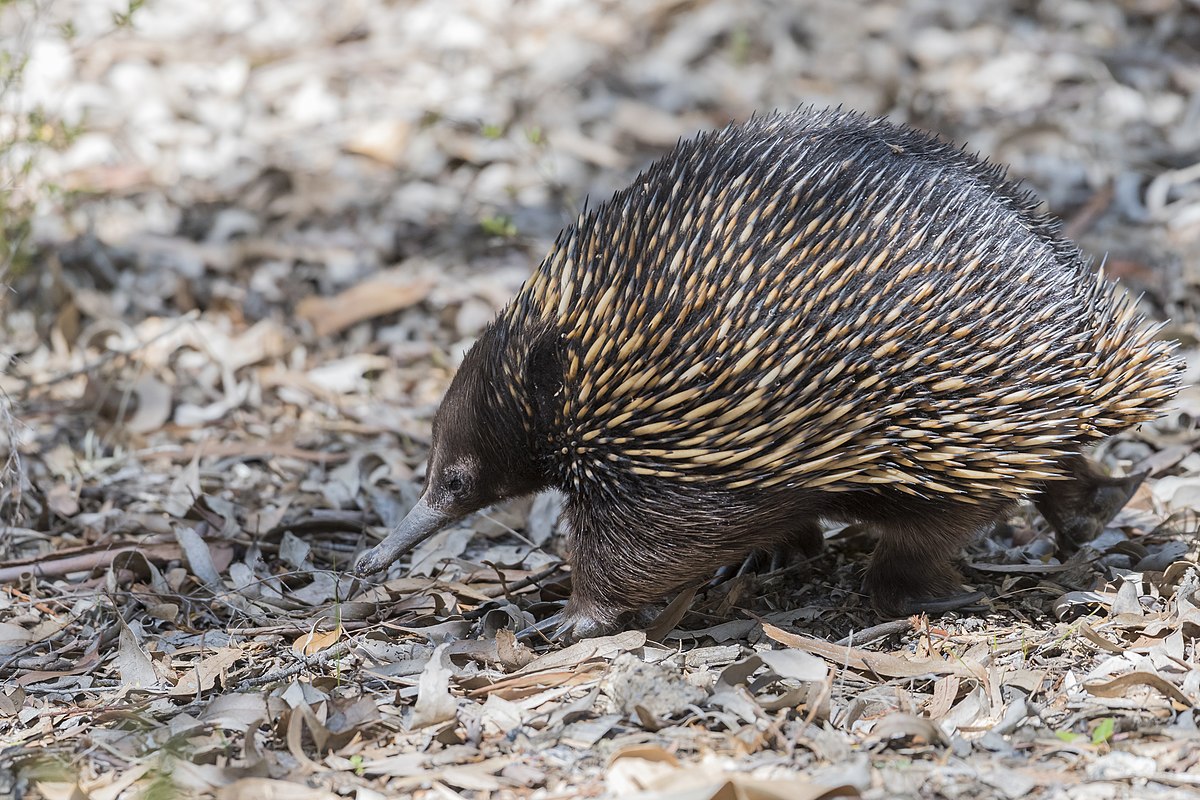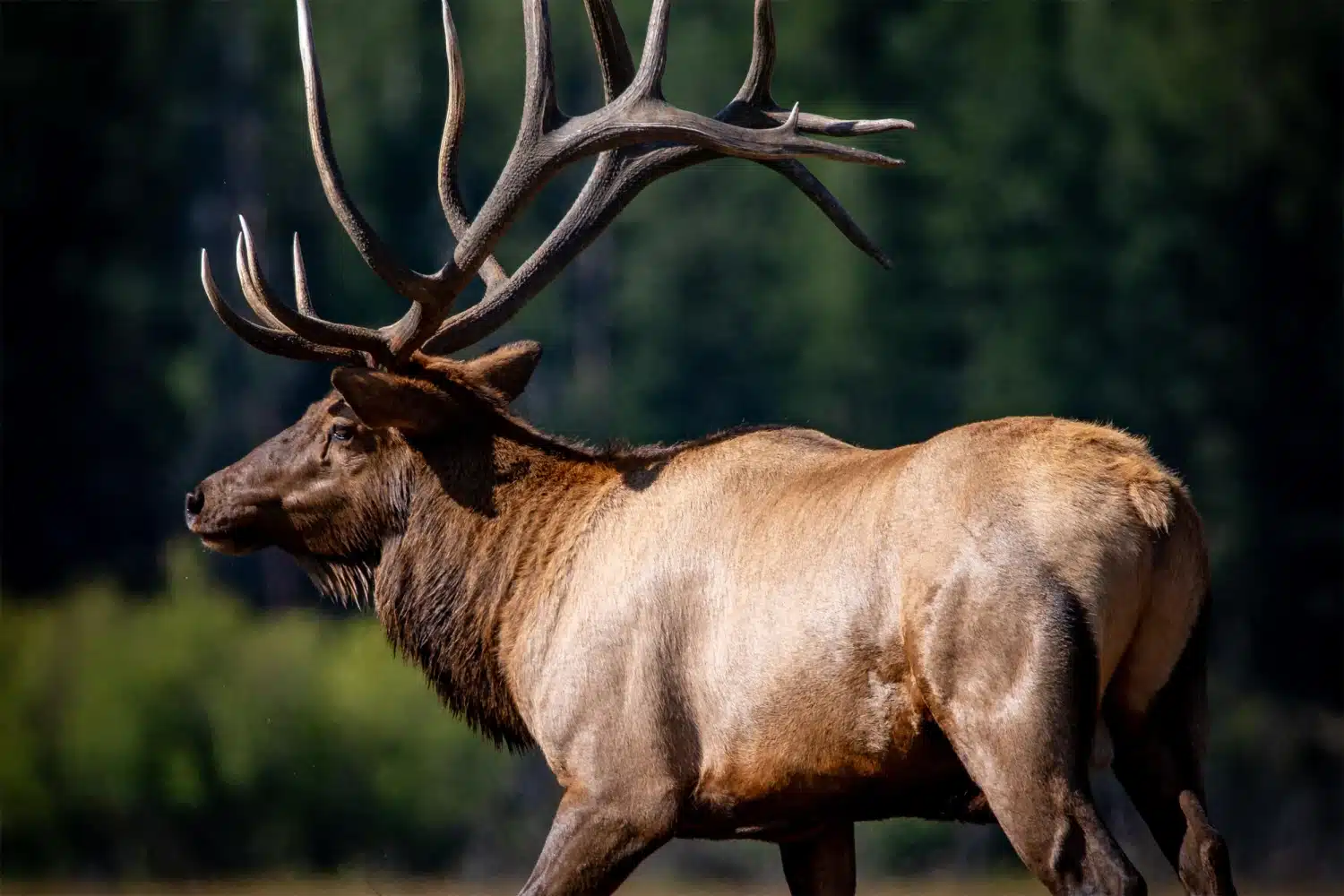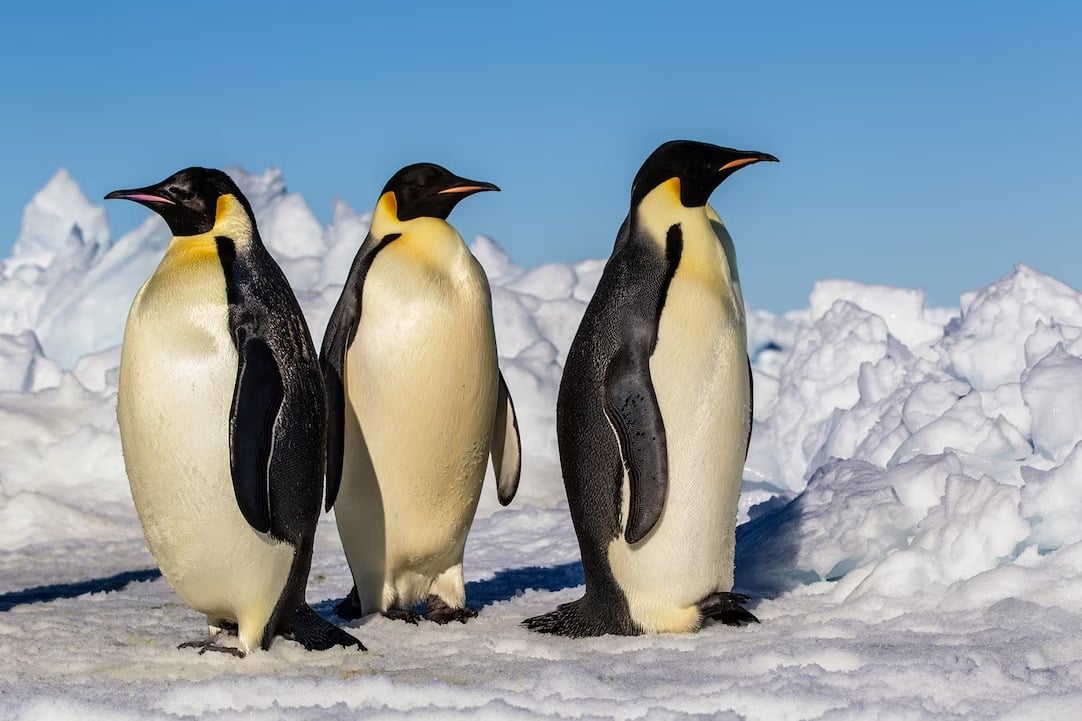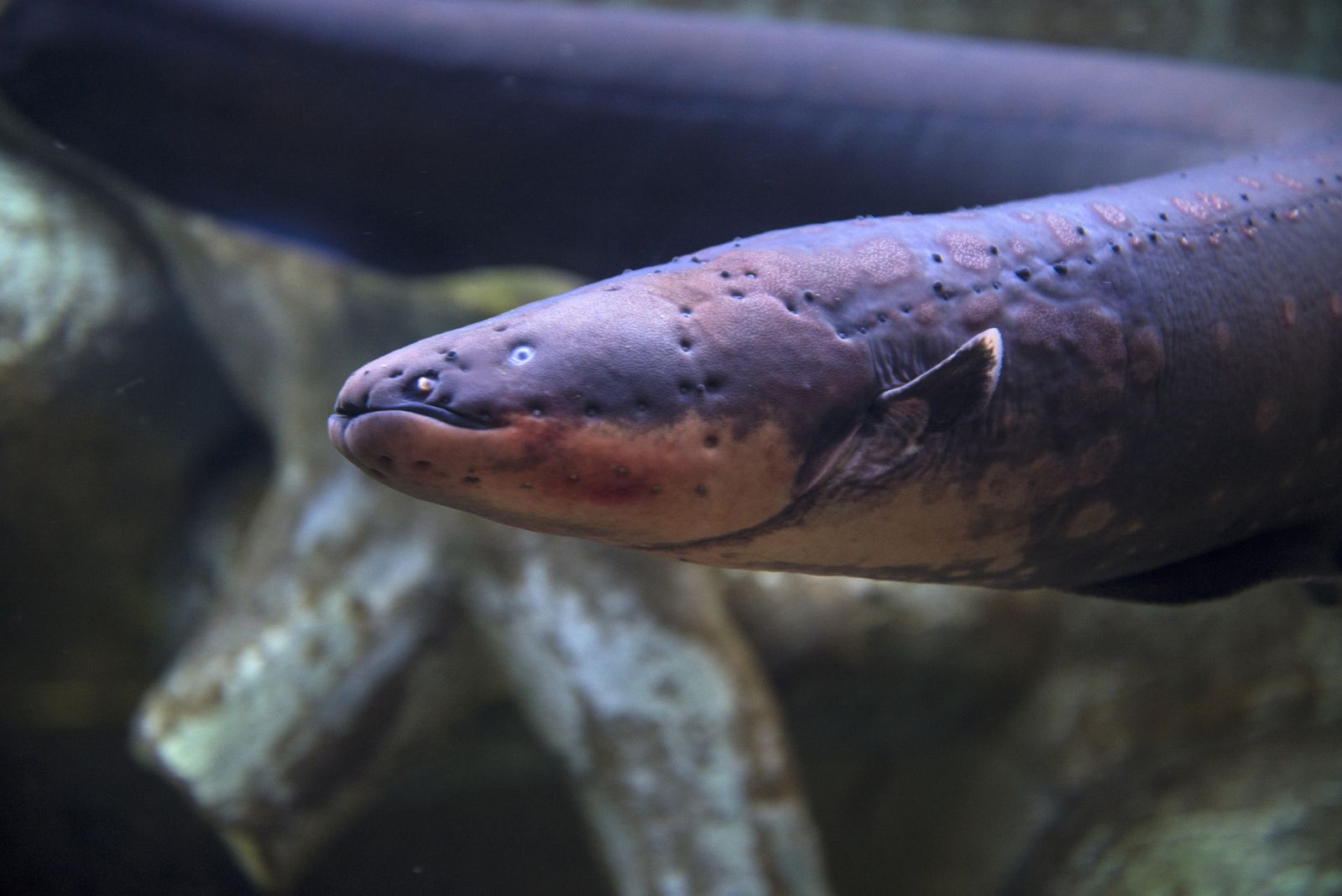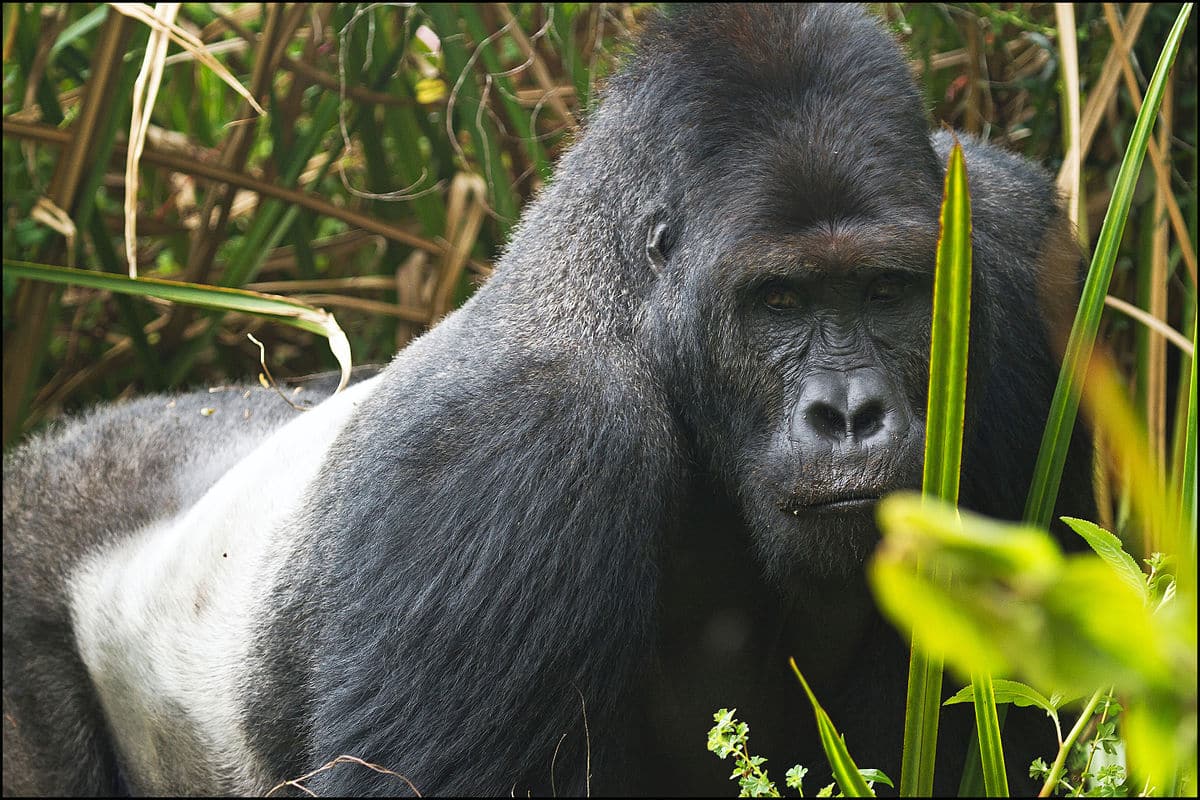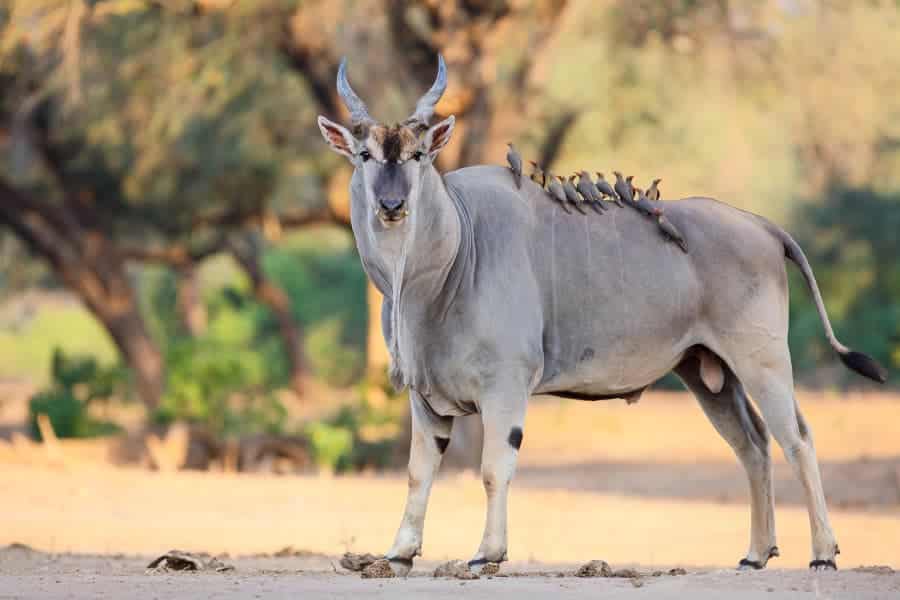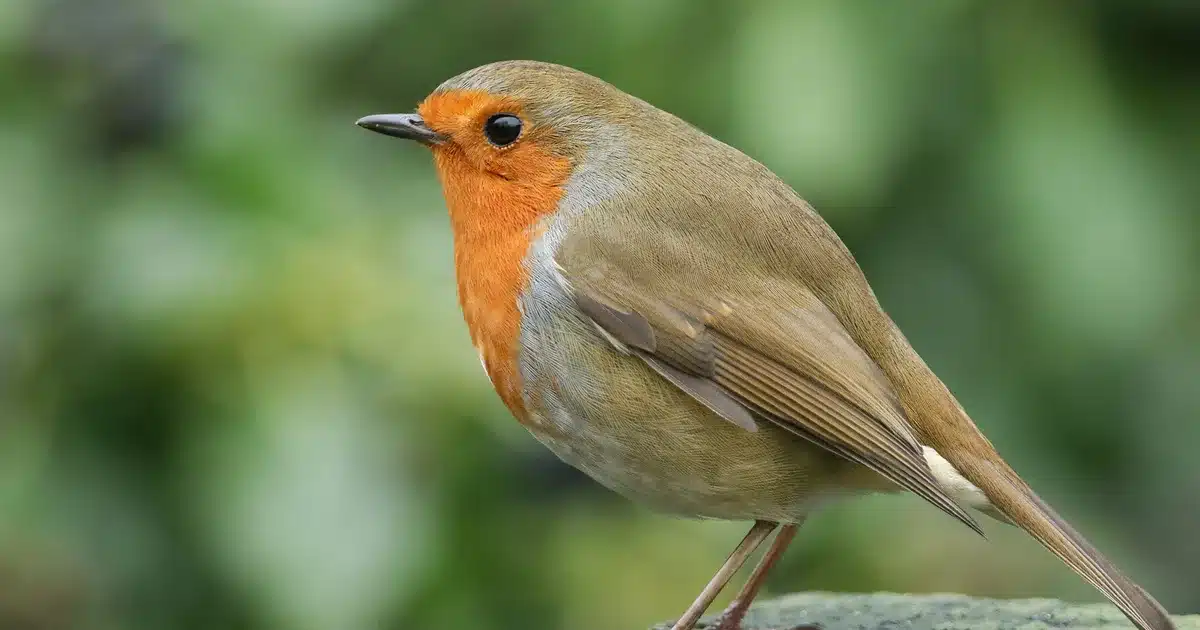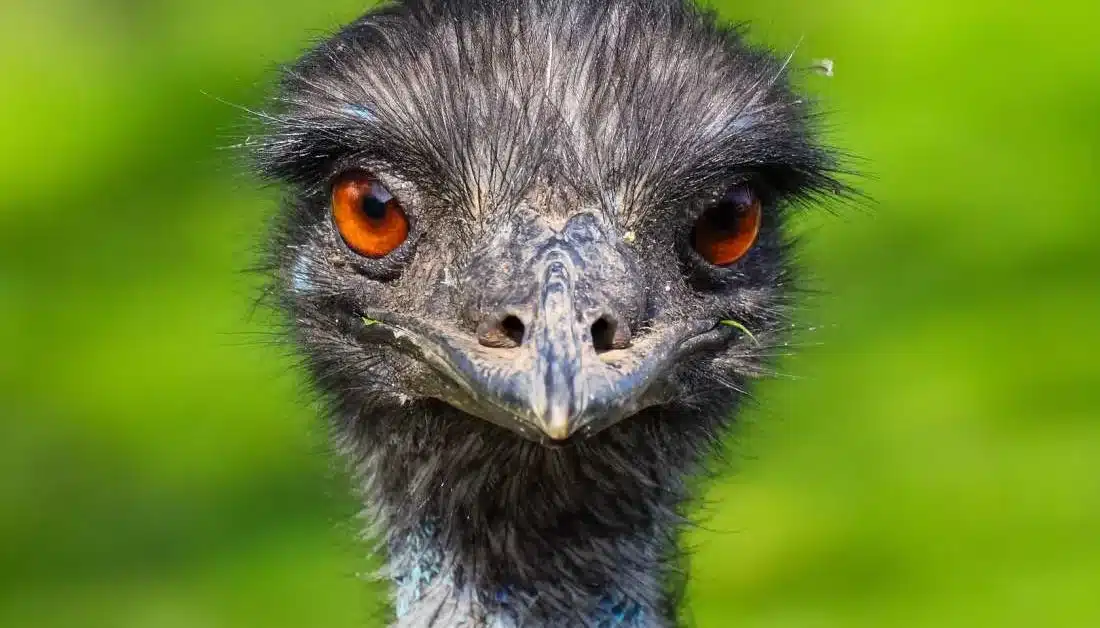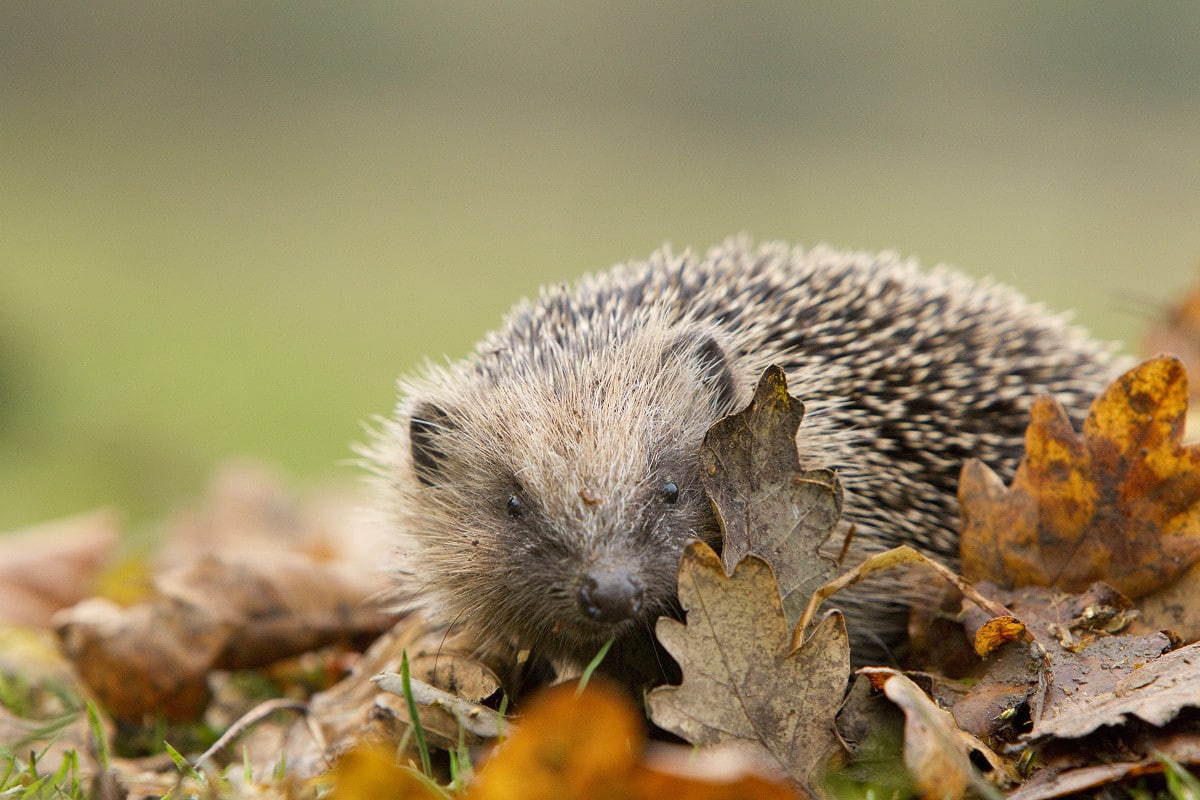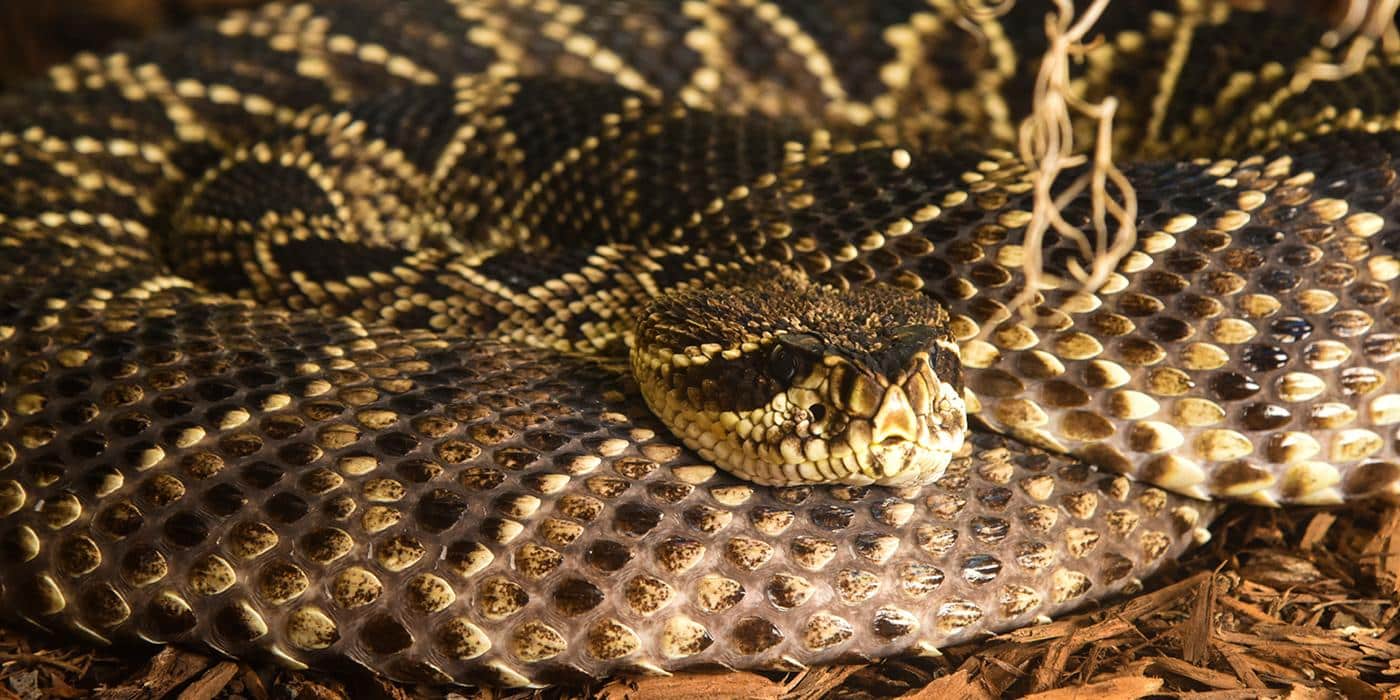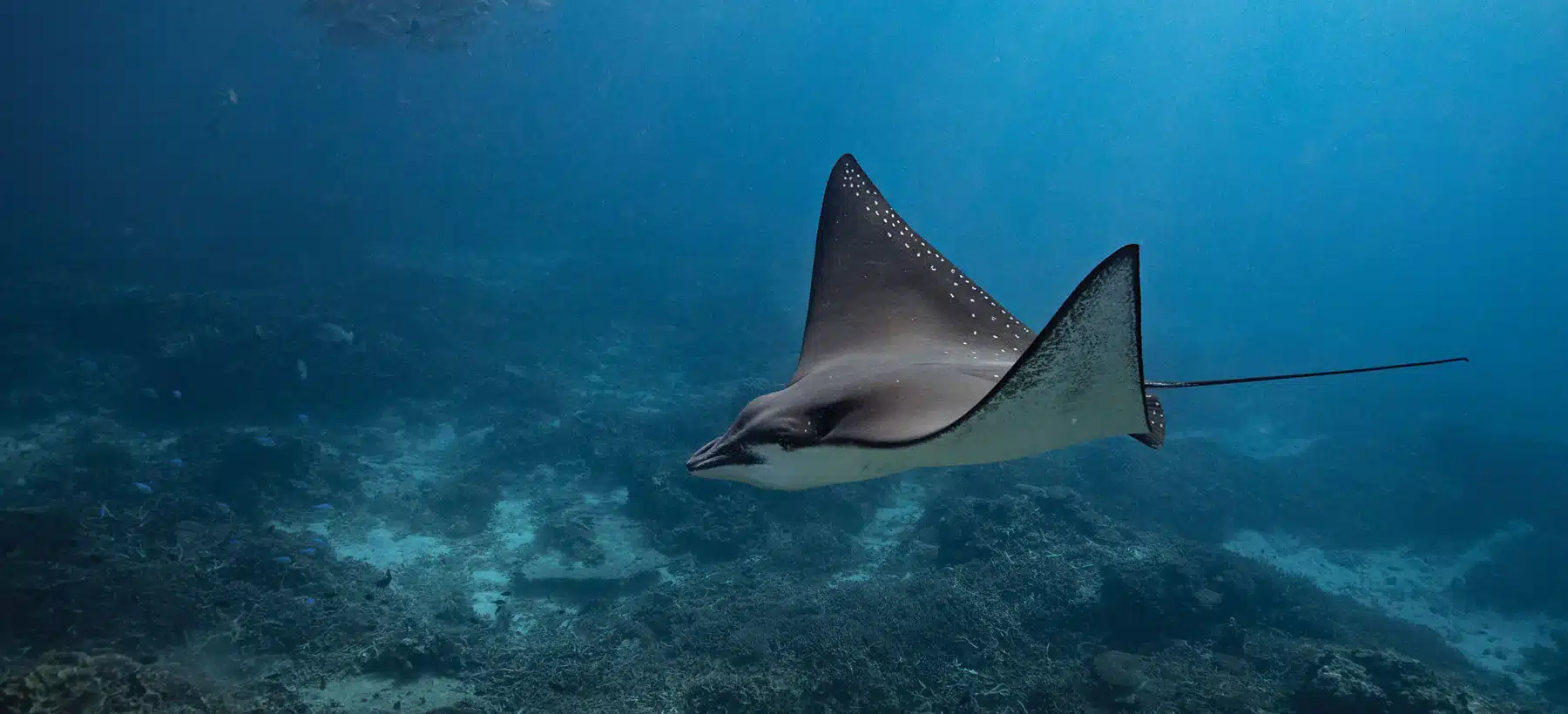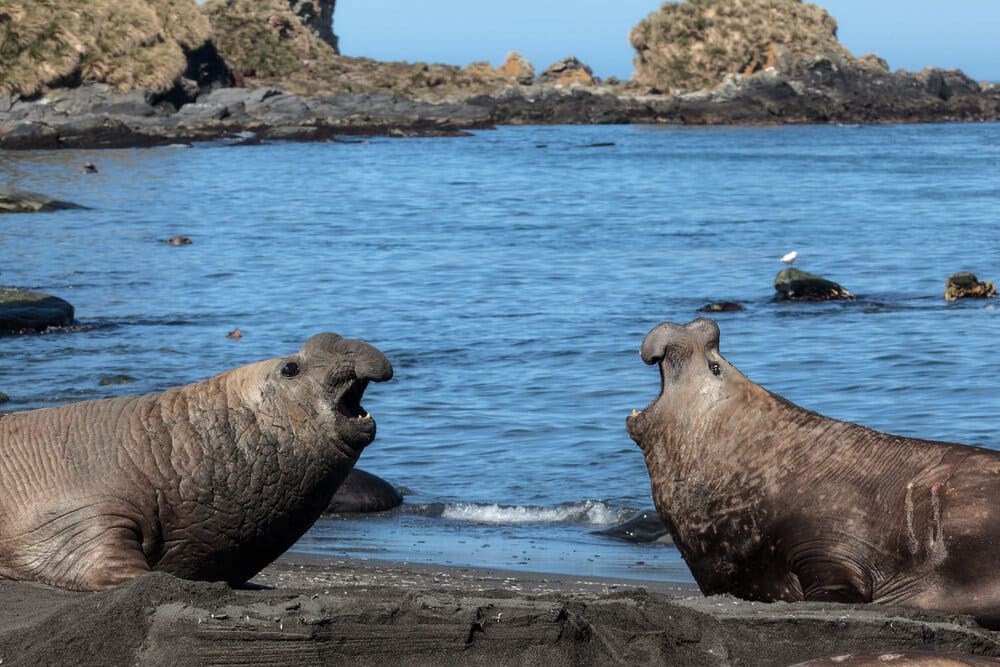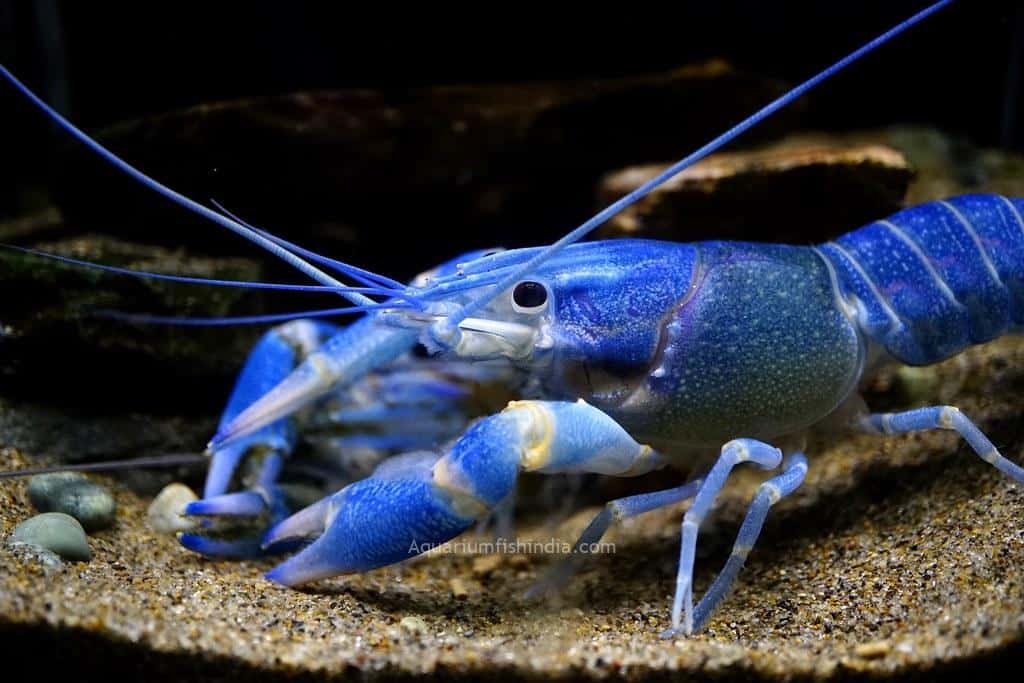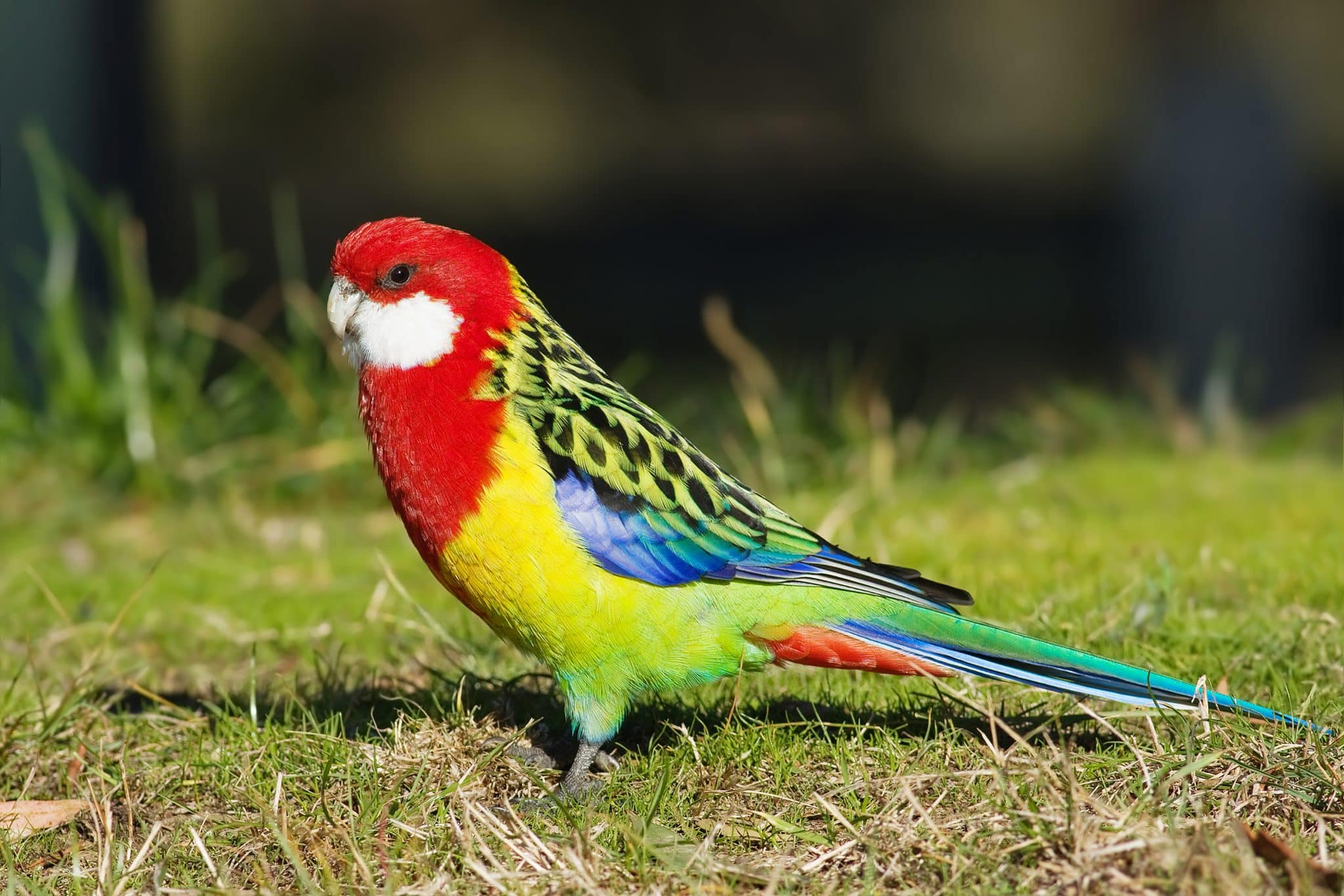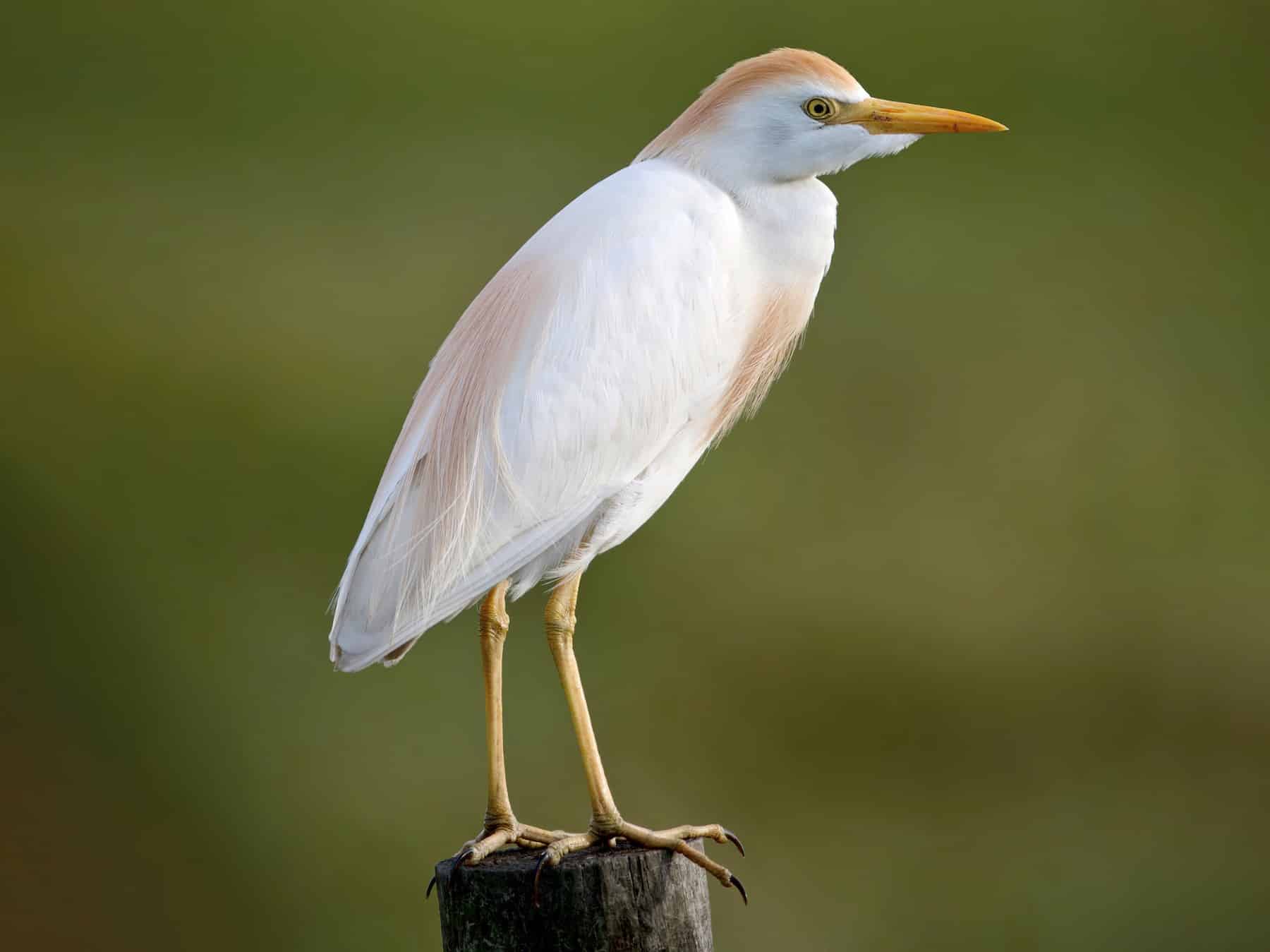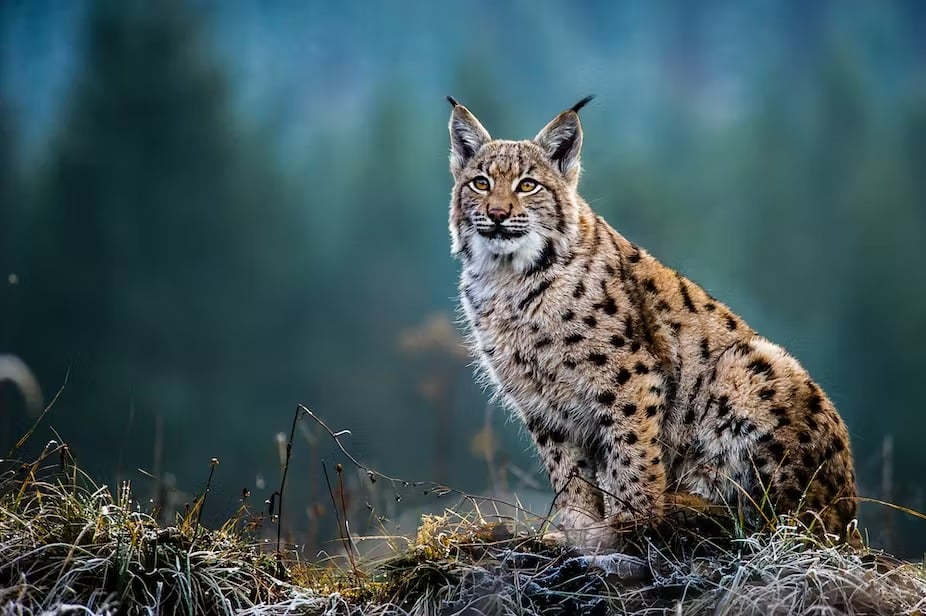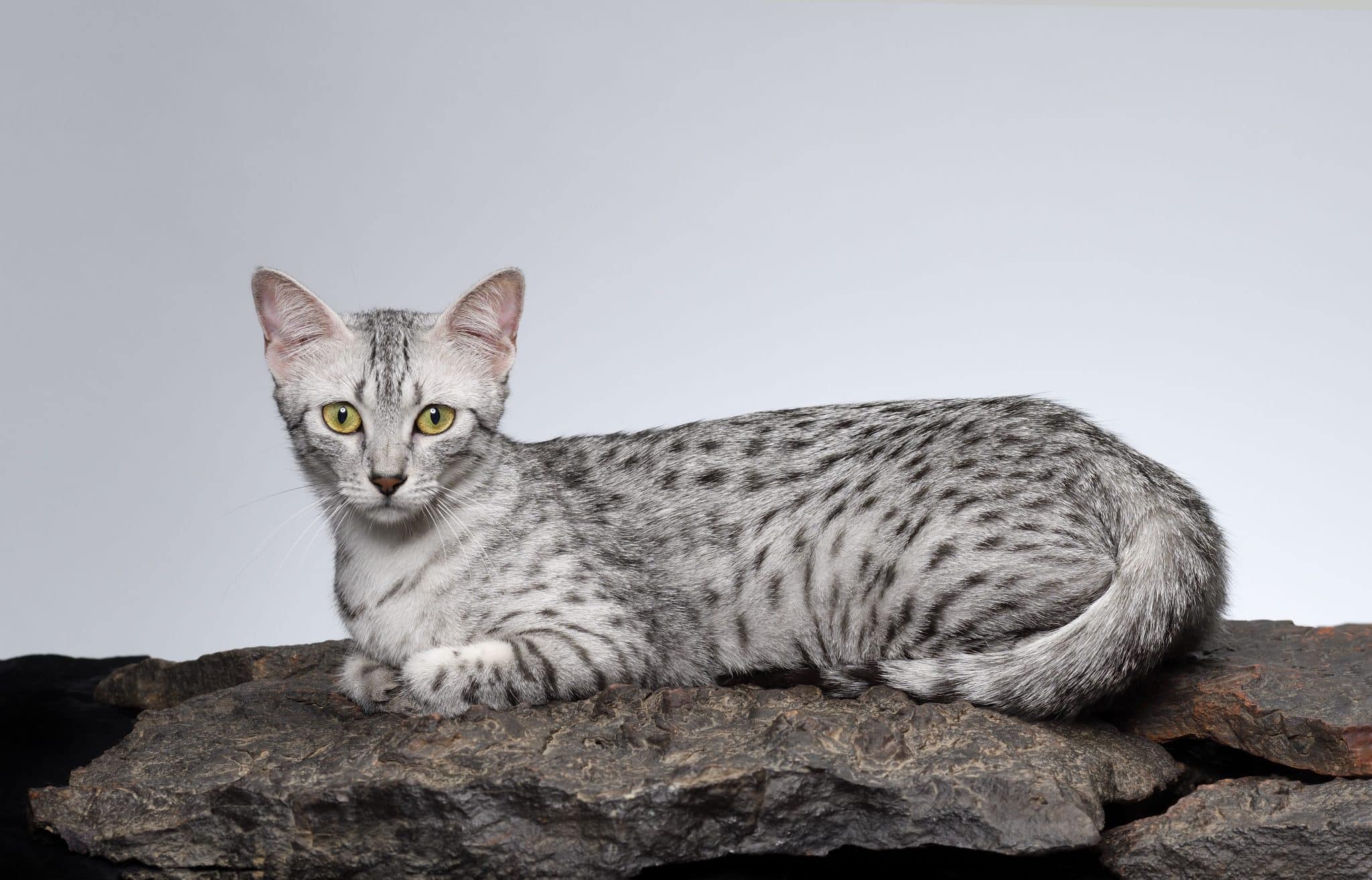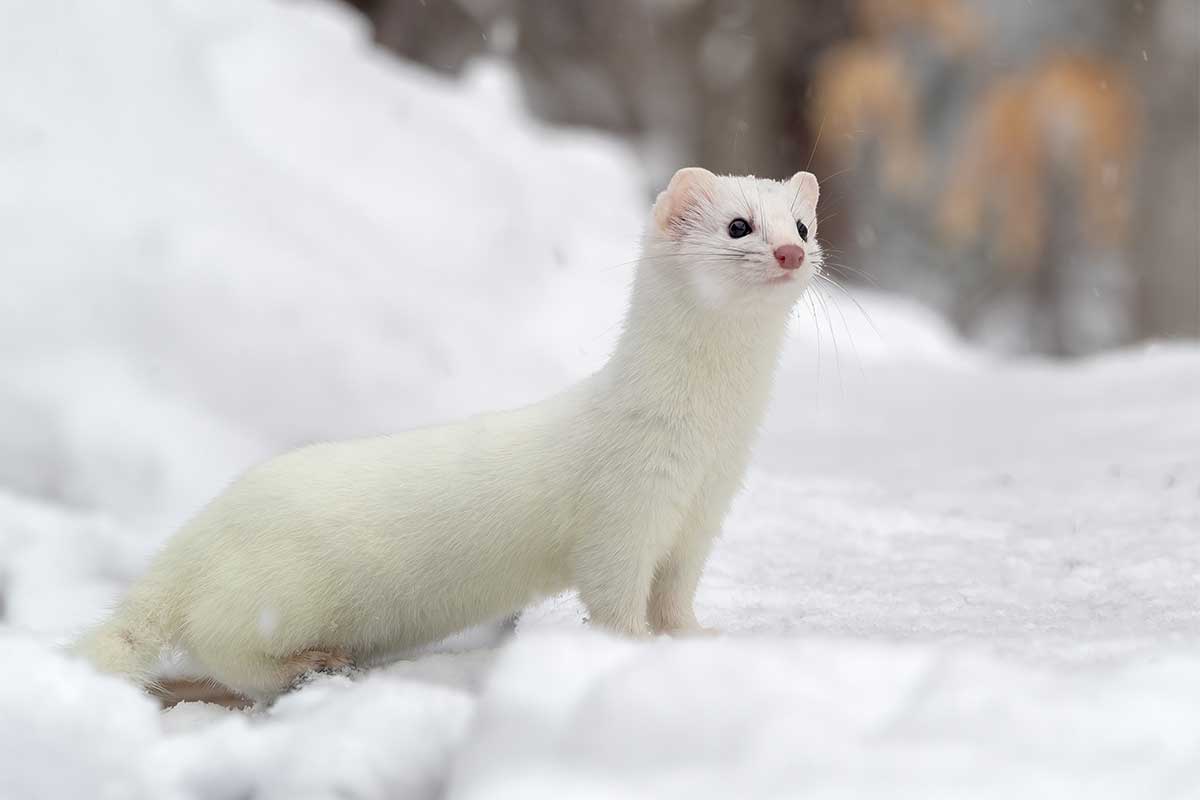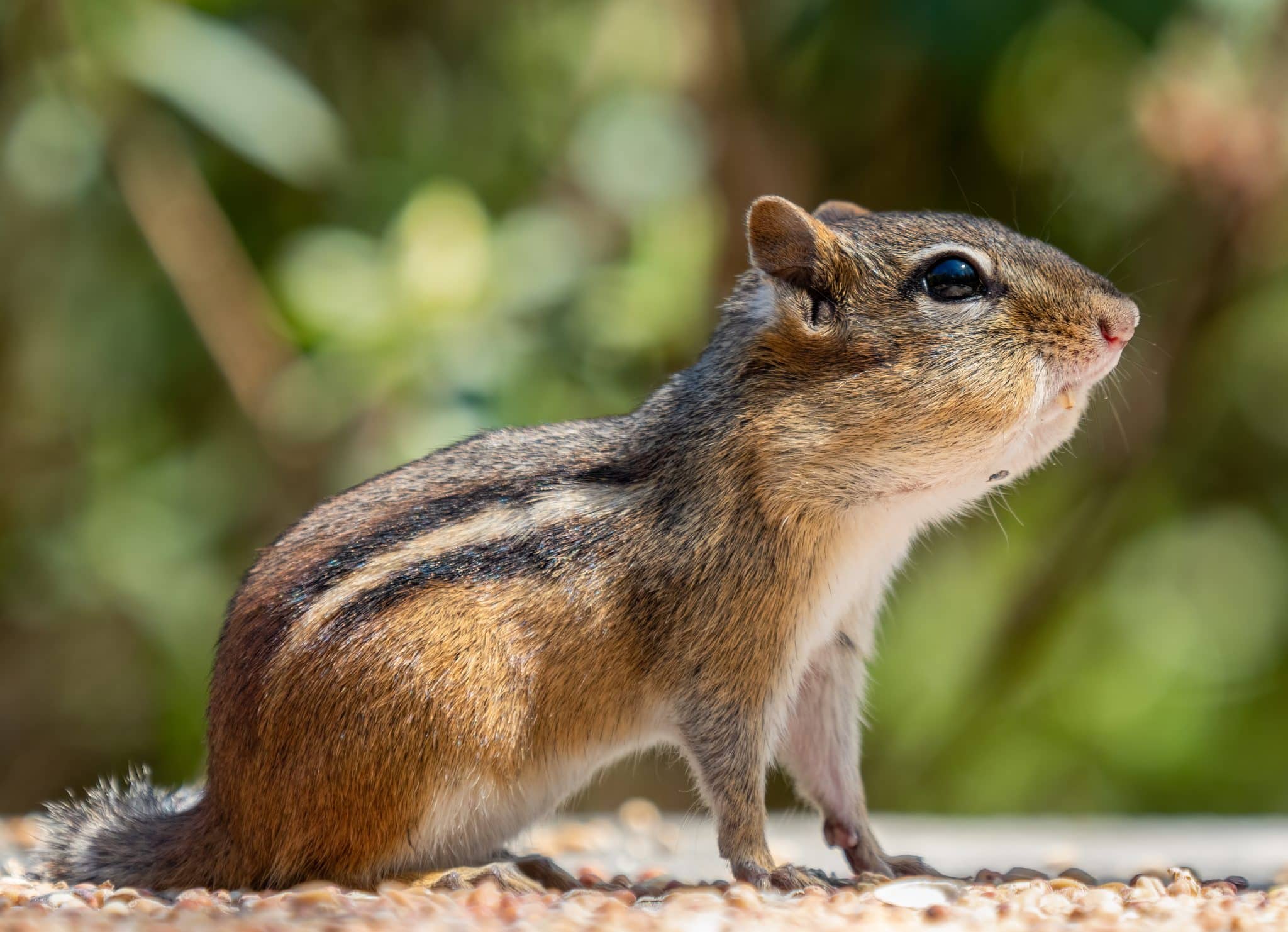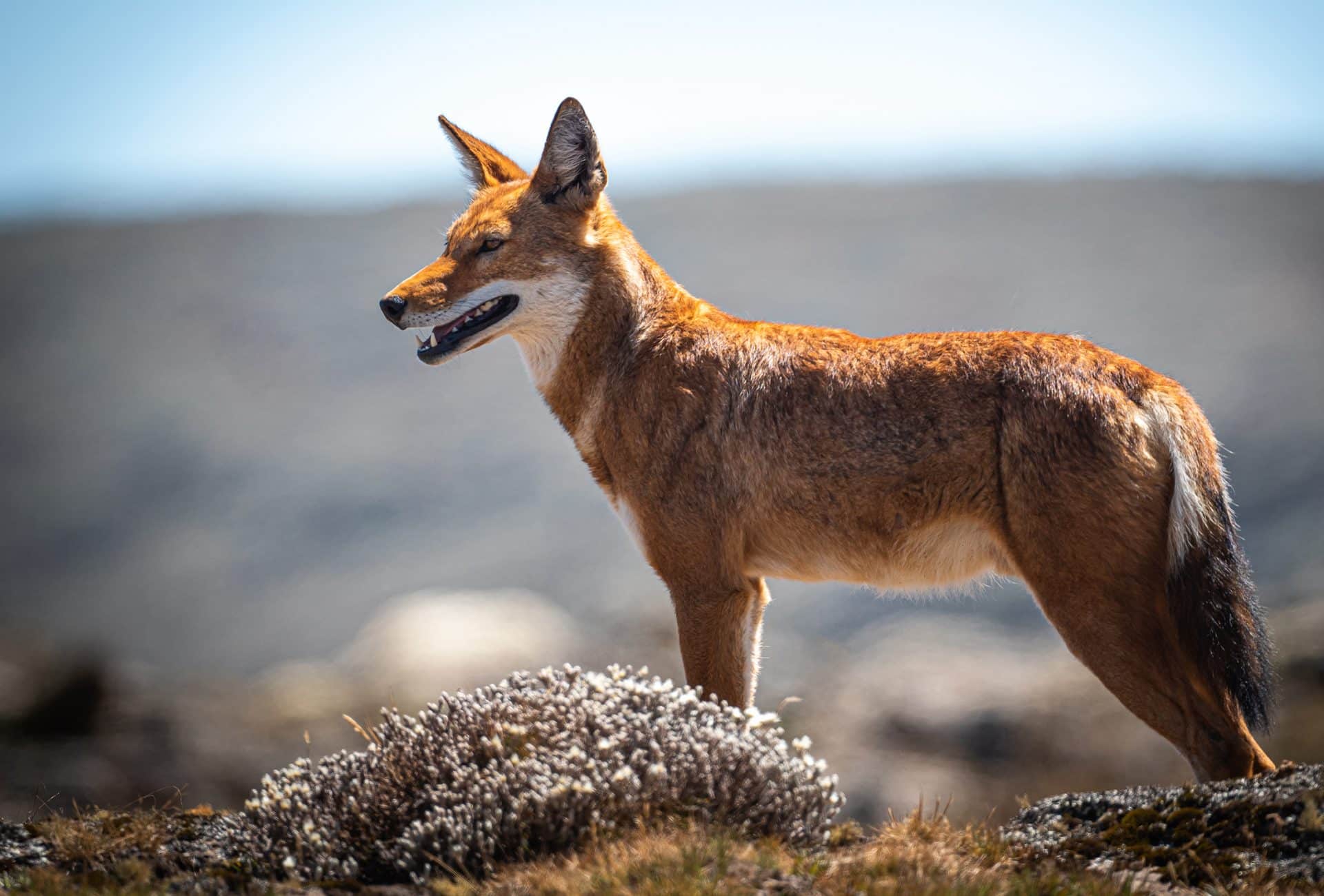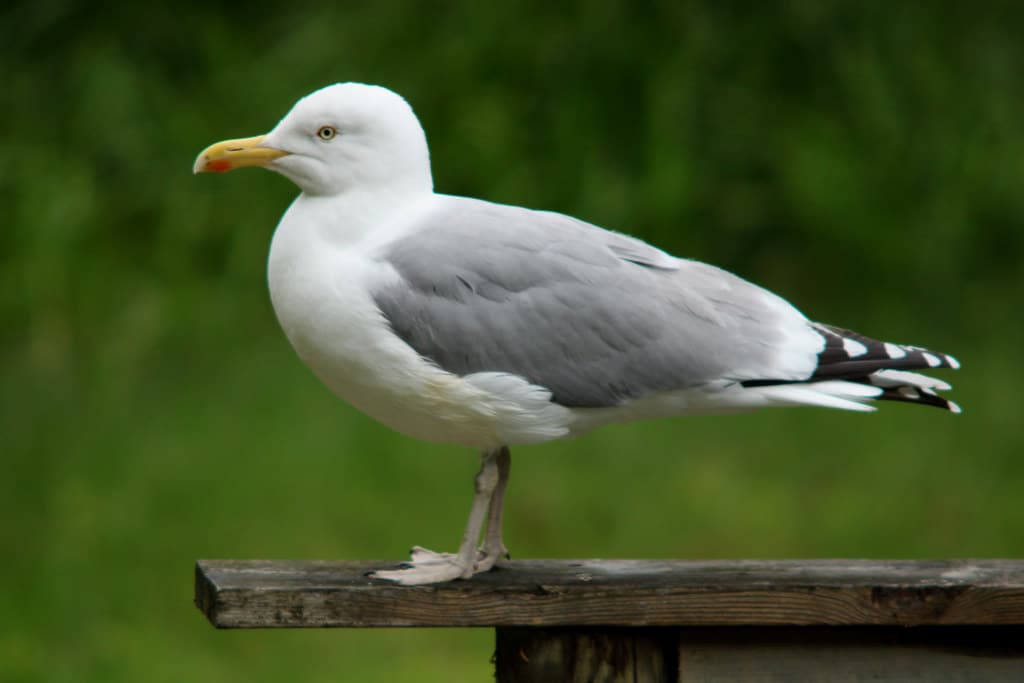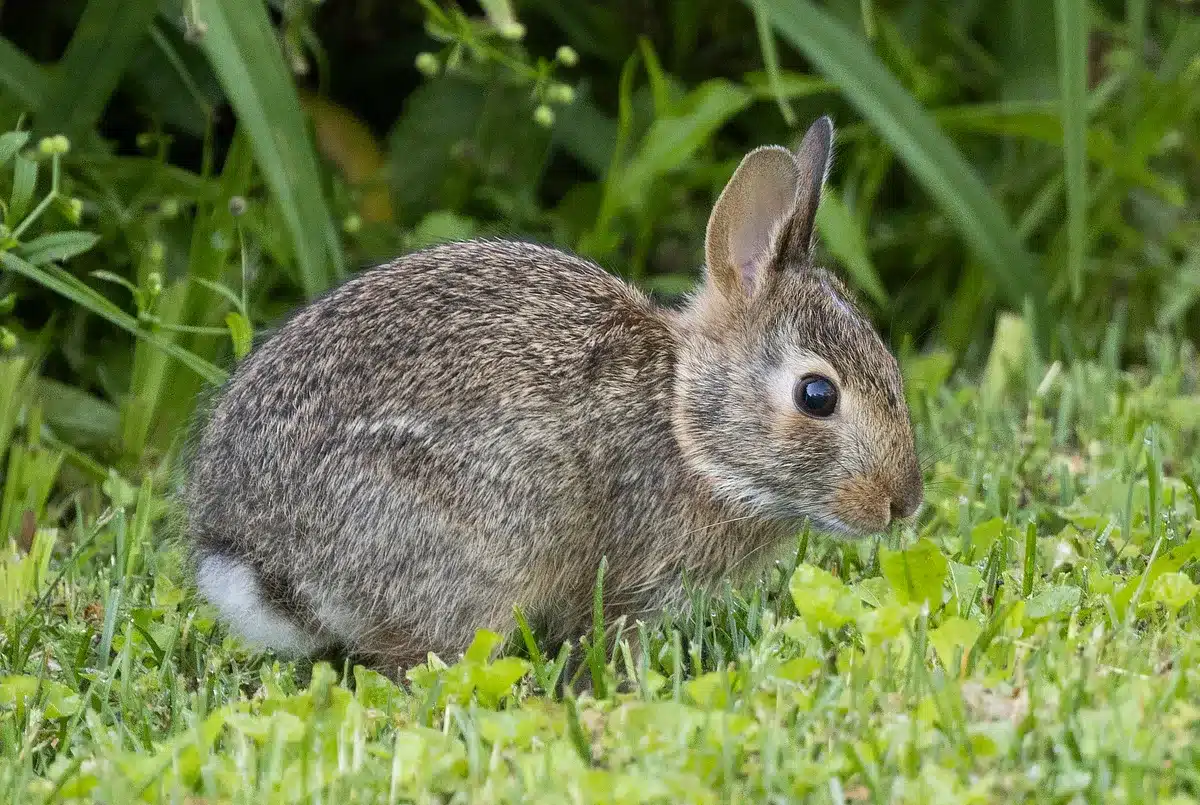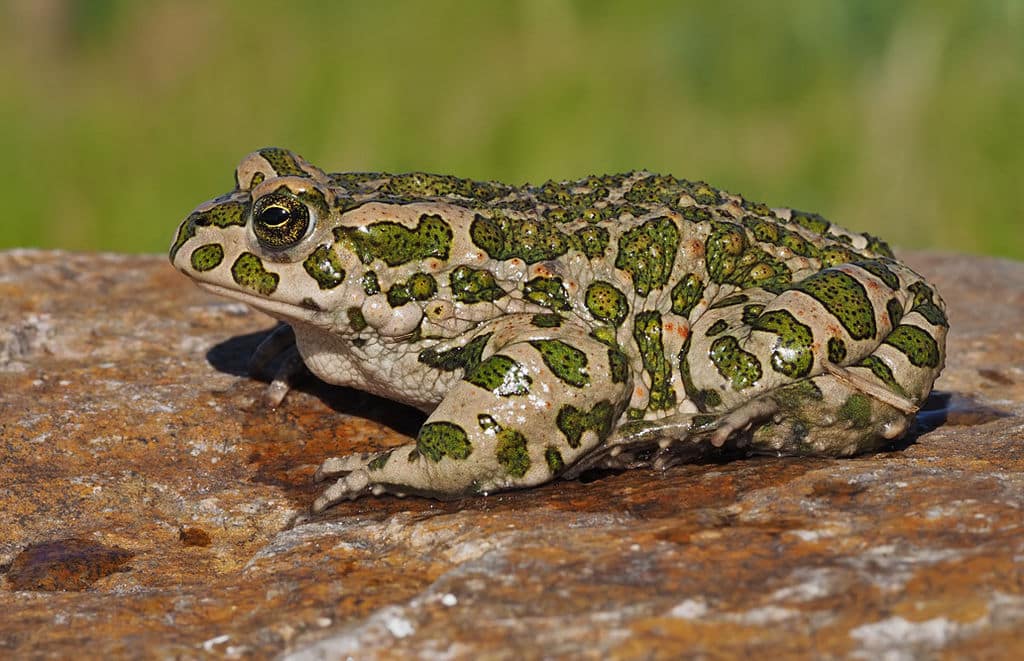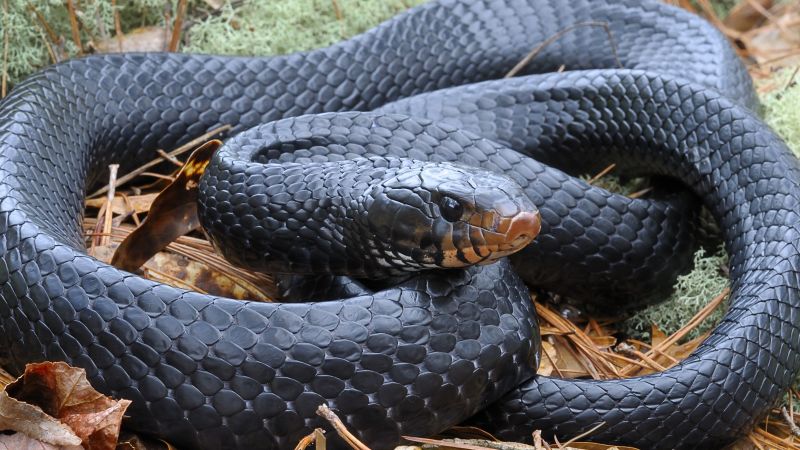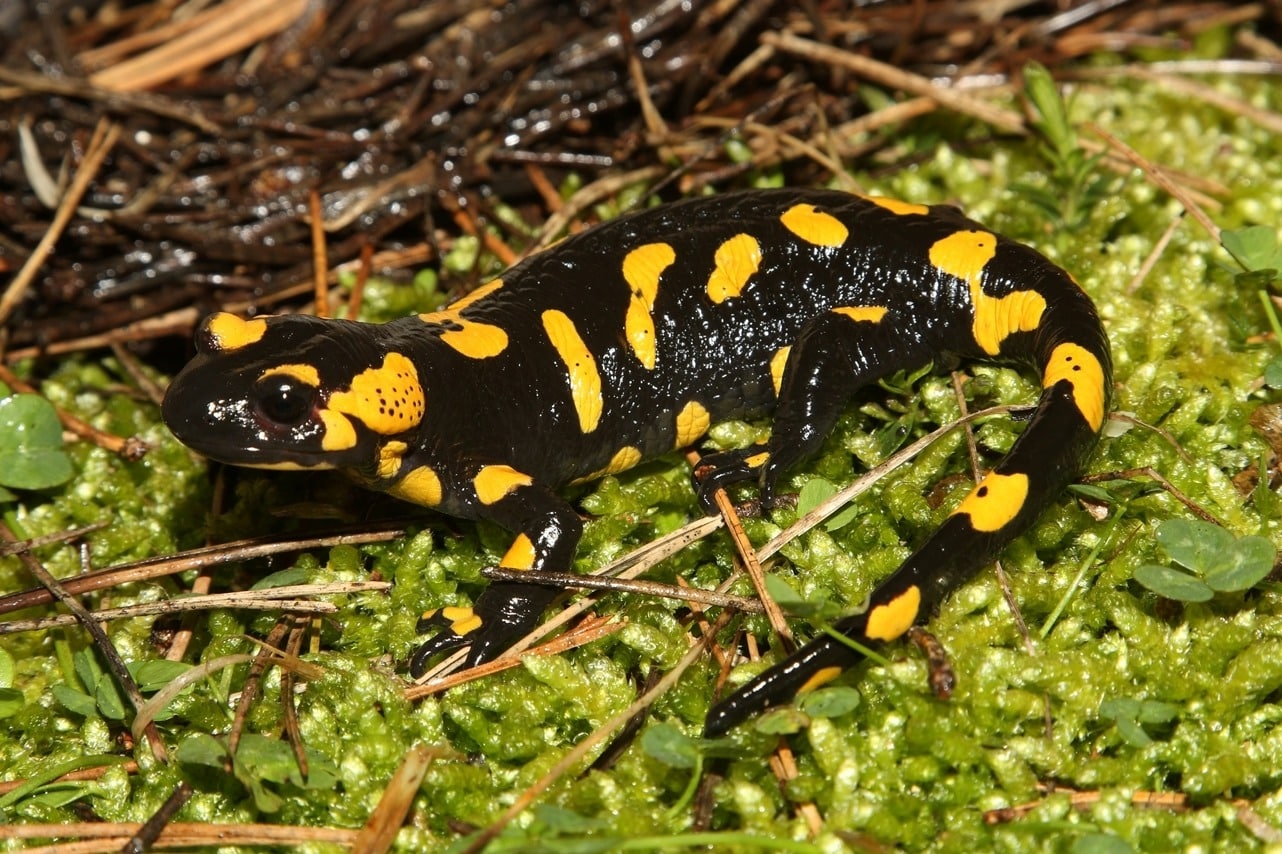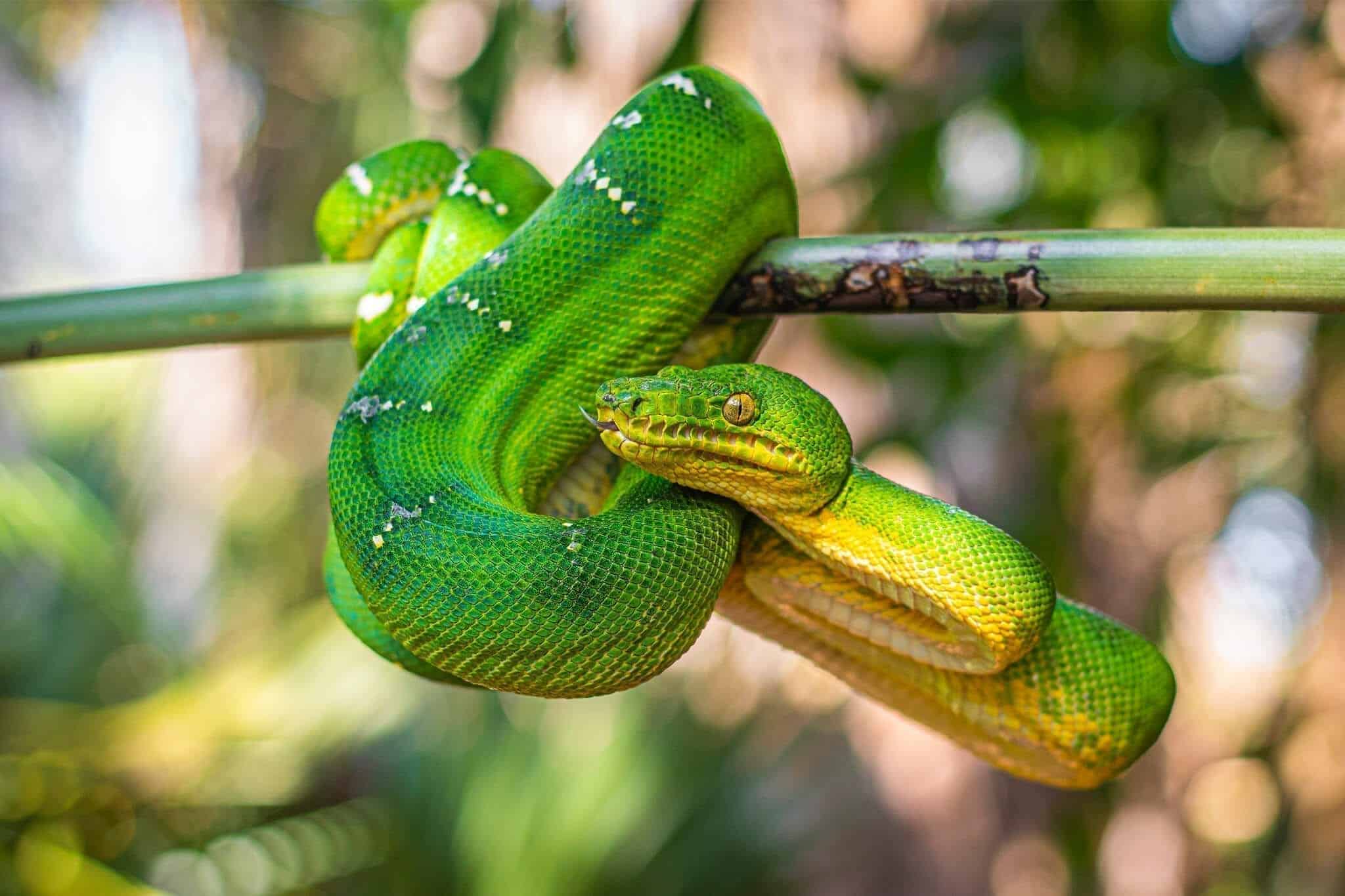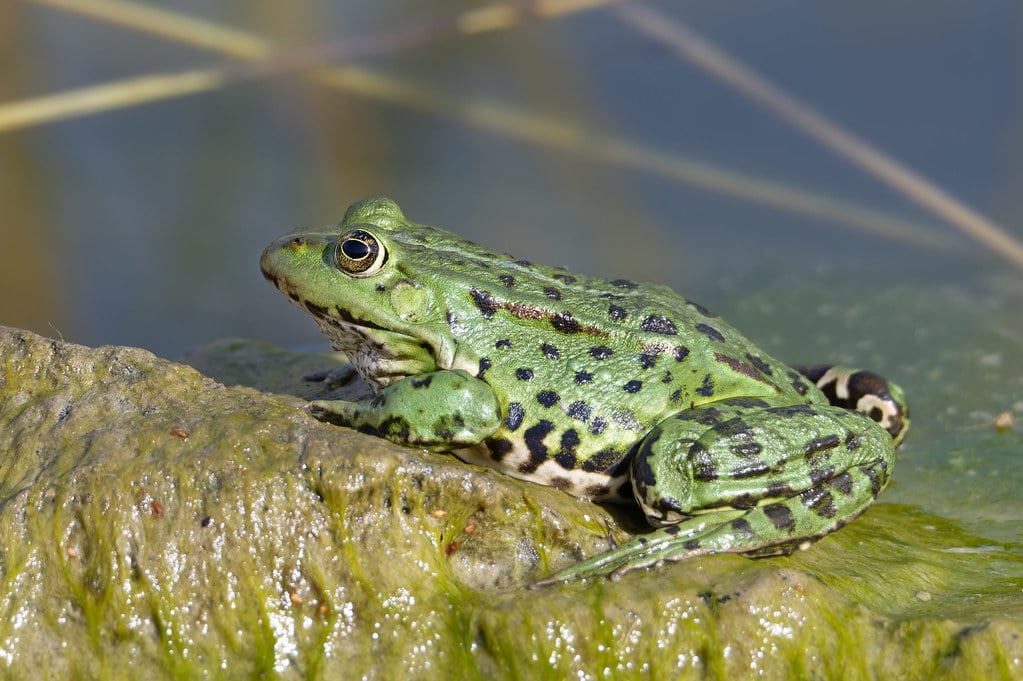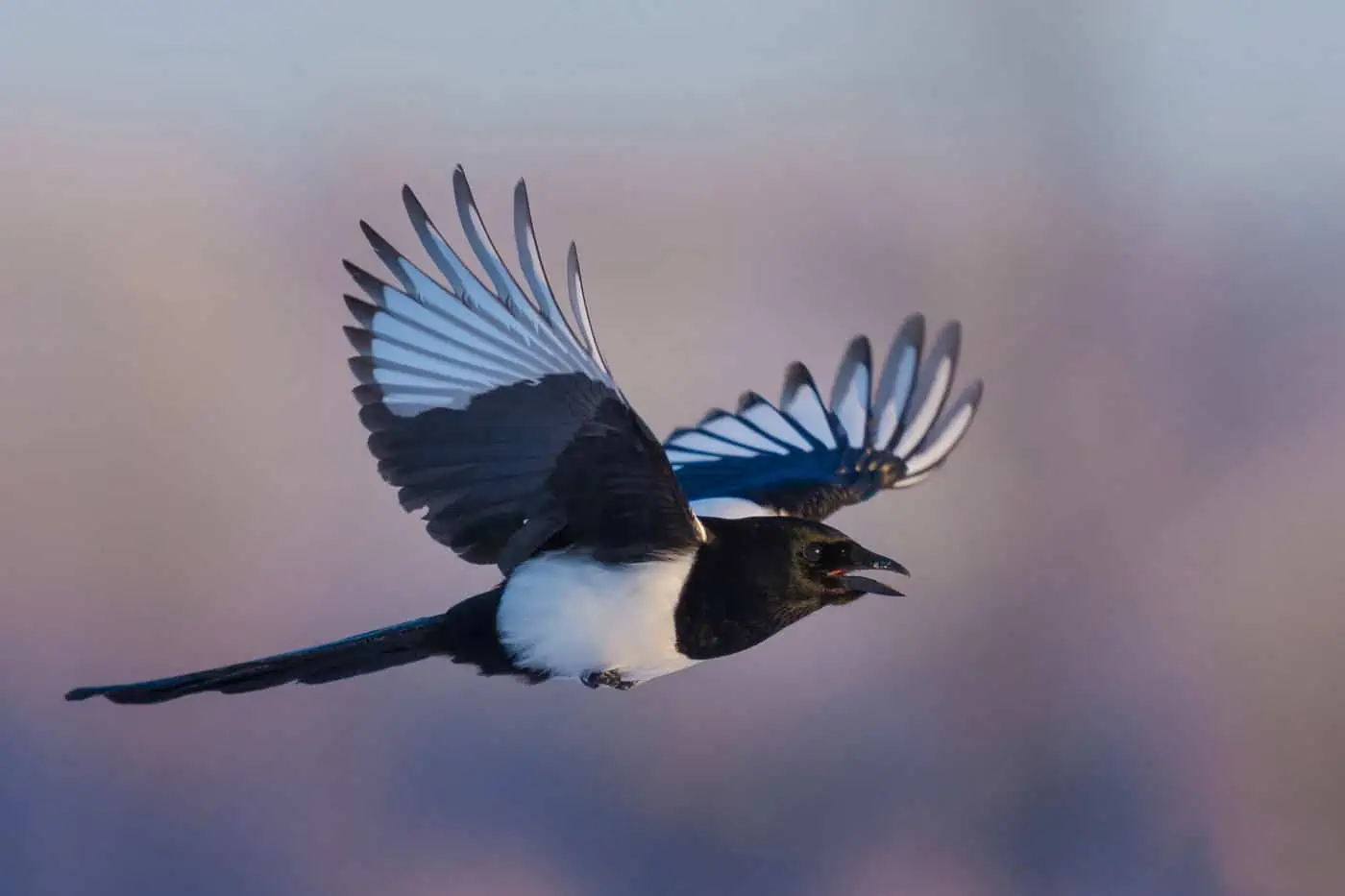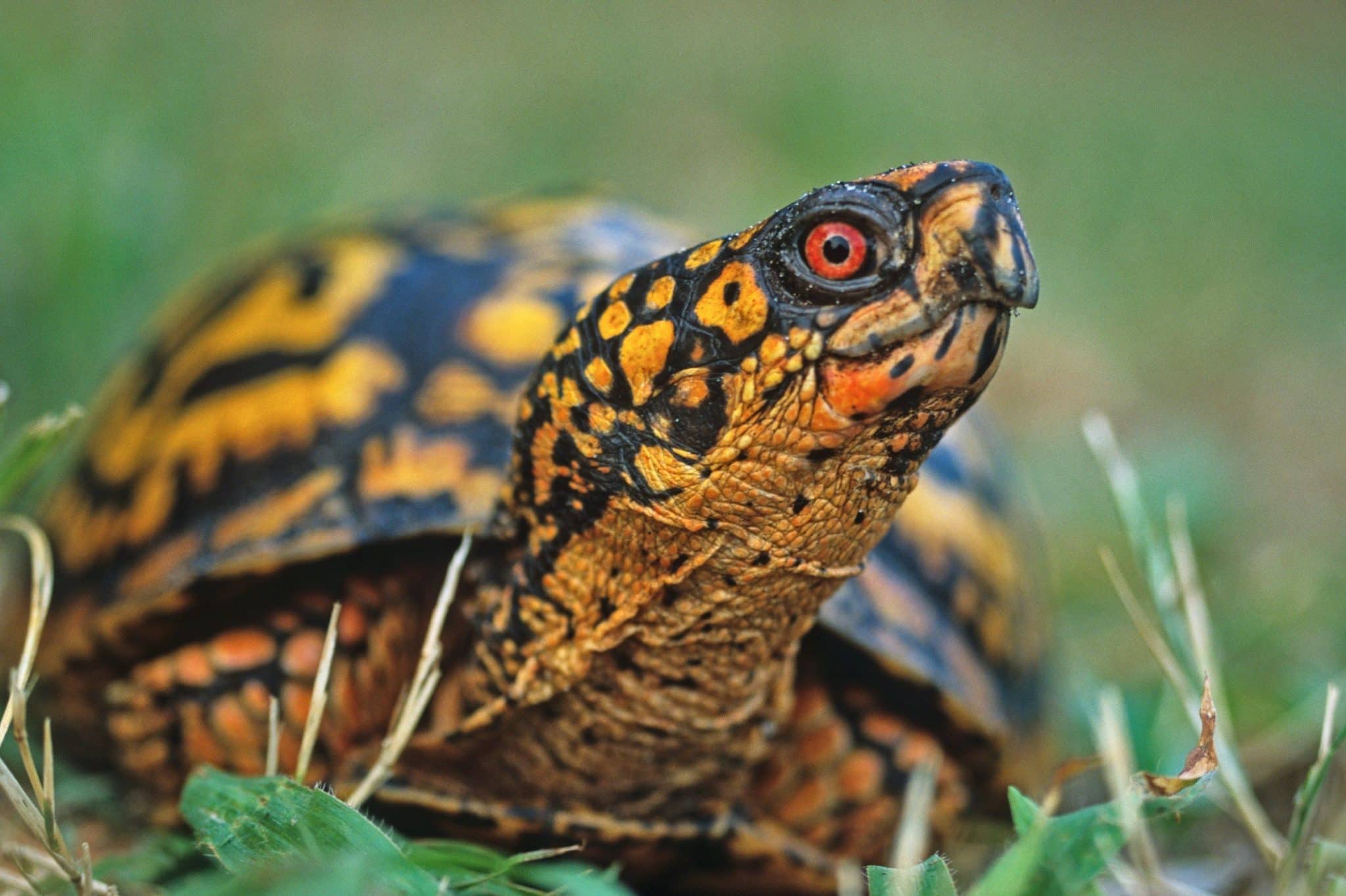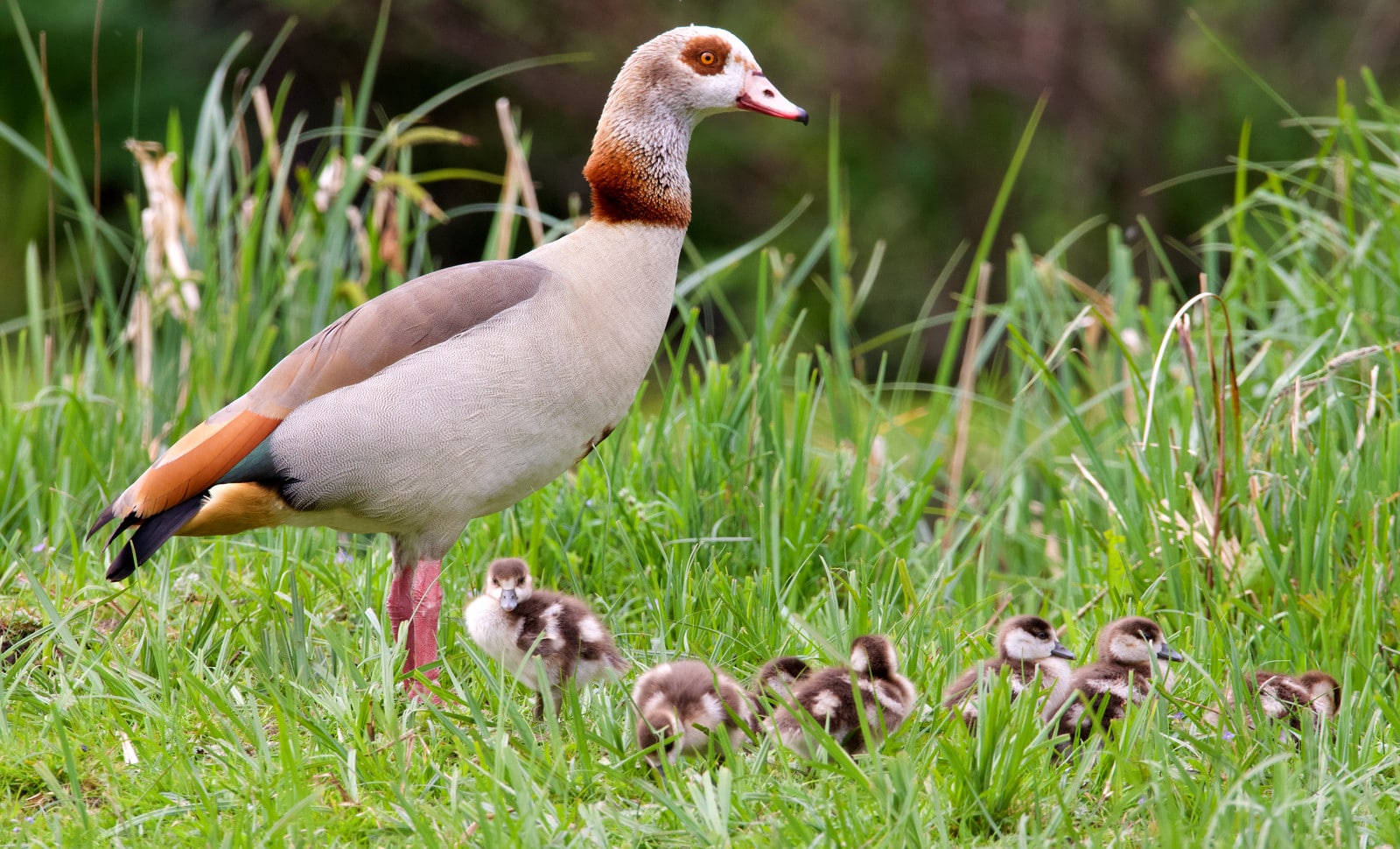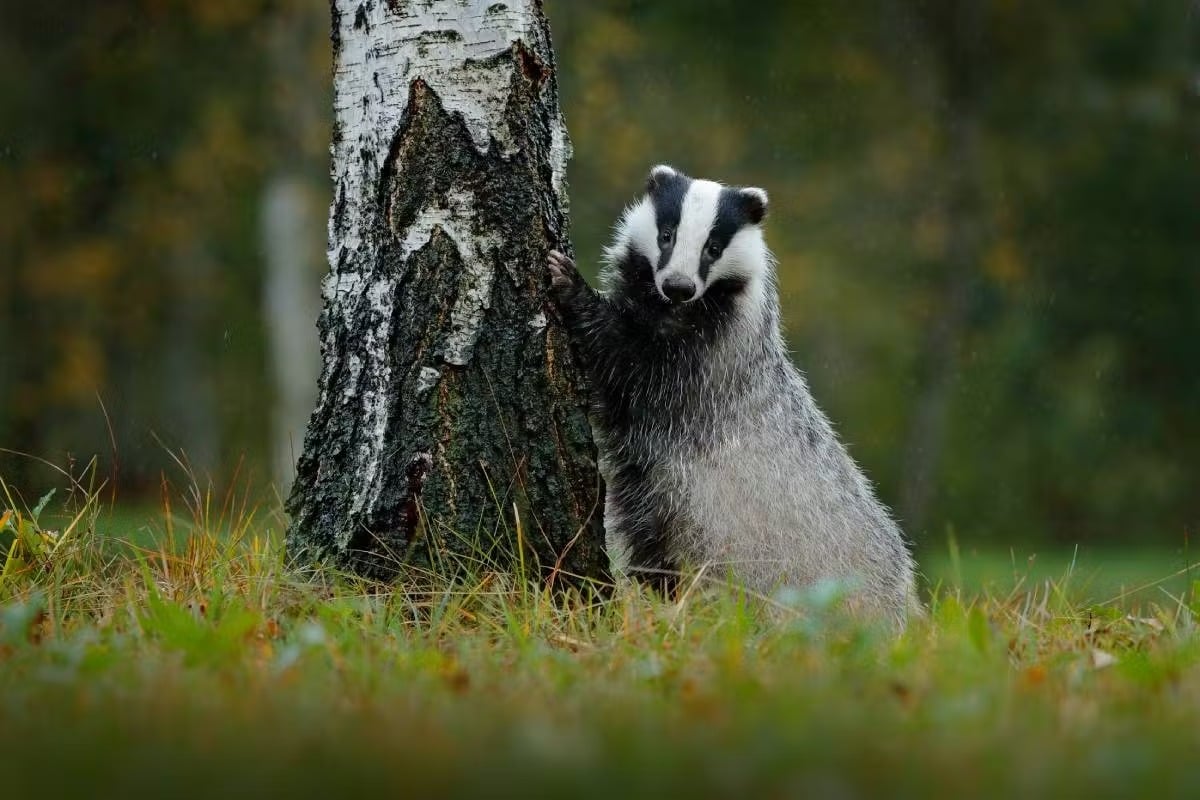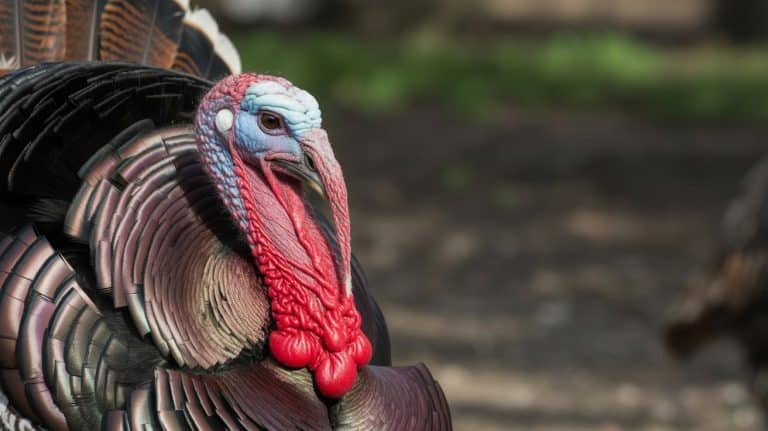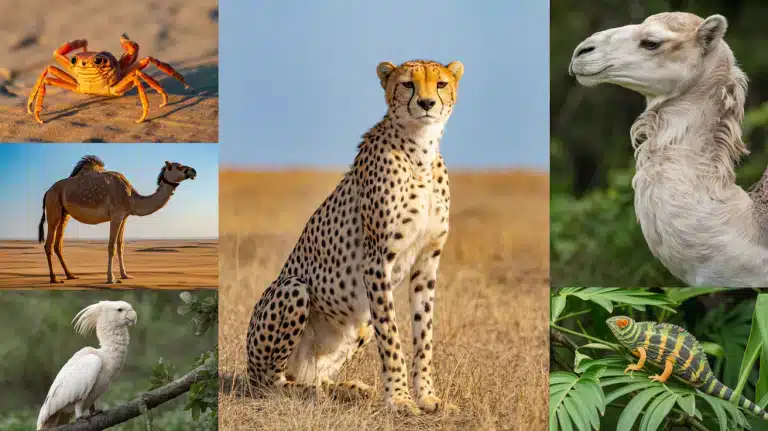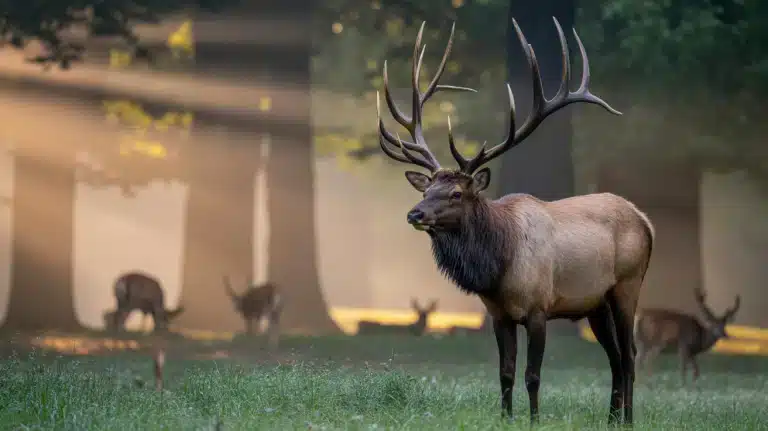Are you planning to explore the animal kingdom? Here, you can see an amazing list of animals whose names commence with the letter E, each contributing uniquely.
From the Elephant, a symbol of strength and intelligence, to the ecologically crucial Earthworm, these animals showcase the rich biodiversity of our planet.
However, welcoming this diverse collection of animals that start with E is an exploration of natural beauty and a reflection on the symbiotic relationships that sustain our delicate ecological equilibrium.
To learn more about the other species, read below.
List of Animal Names That Start with E
Let’s explore some amazing 35 “animal names starting with e” in this guide.
1. Elephant
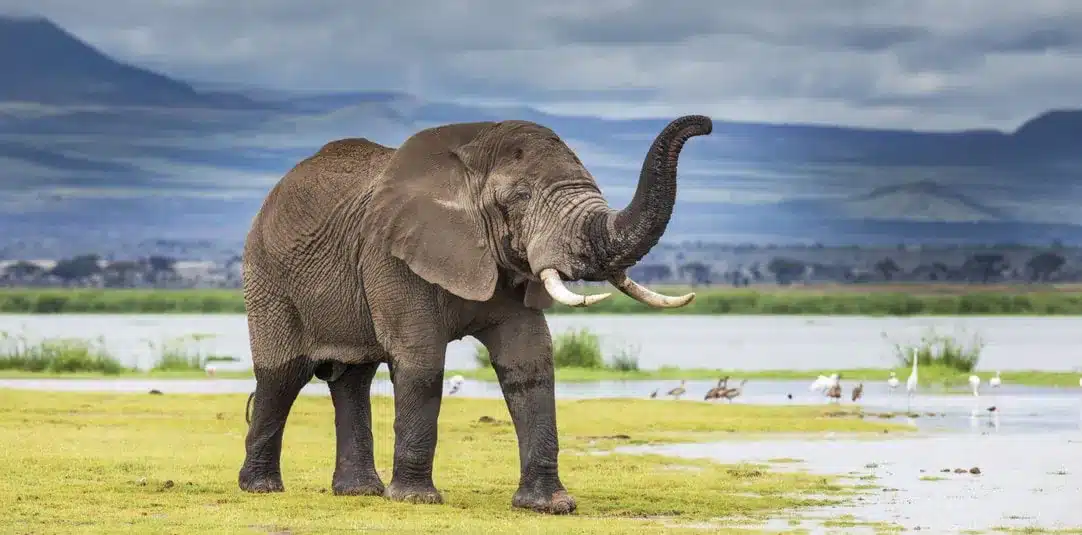
Origin: Africa, Asia
Habitat: Savannahs, forests
Diet: Herbivore
Size: Large
Scientific Name: Loxodonta (African) / Elephas (Asian)
Majestic, intelligent land mammals with distinctive trunks and large ears.
Interesting Facts
- Elephants are known for their exceptional memory.
- They communicate through low-frequency sounds that travel long distances.
- Elephants display strong social bonds within their herds.
2. Eagle
Origin: Worldwide
Habitat: Mountains, open landscapes
Diet: Carnivore
Size: Medium to Large
Scientific Name: Various species (e.g., Aquila chrysaetos – Golden Eagle)
Birds of prey with strong, hooked beaks and keen eyesight.
Interesting Facts
- Eagles are known for their impressive soaring and hunting abilities.
- Some eagle species can reach speeds of 240 miles per hour when diving.
- They mate for life and often reuse the same nest for many years.
3. Echidna
Origin: Australia, New Guinea
Habitat: Forests, deserts
Diet: Insectivore
Size: Small to Medium
Scientific Name: Tachyglossidae
Egg-laying mammals with spines and a long tongue for catching insects.
Interesting Facts
- Echidnas are monotremes, a group of mammals that lay eggs.
- They have electroreceptors in their snouts to detect prey.
- Female echidnas nurse their young by secreting milk through pores.
4. Elk
Origin: North America, Eurasia
Habitat: Forests, grasslands
Diet: Herbivore
Size: Large
Scientific Name: Cervus canadensis (North American Elk)
Large cervids with impressive antlers in males.
Interesting Facts
- Male elks use their antlers for mating rituals and establishing dominance.
- They are strong swimmers and can cross rivers and lakes with ease.
- Elk are crepuscular, meaning they are most active during dawn and dusk.
5. Emperor Penguin
Origin: Antarctica
Habitat: Sea ice, open water
Diet: Carnivore (mainly fish and squid)
Size: Medium to Large
Scientific Name: Aptenodytes forsteri
Flightless birds with distinctive black and white plumage.
Interesting Facts
- Emperor penguins are excellent divers, capable of reaching depths of 1,500 feet.
- They huddle in large groups to conserve warmth in the harsh Antarctic environment.
- Males incubate the eggs by balancing them on their feet, keeping them warm under a brood pouch.
6. Electric Eel
Origin: Amazon River basin
Habitat: Freshwater rivers and streams
Diet: Carnivore (fish and small invertebrates)
Size: Medium
Scientific Name: Electrophorus electricus
Long, snake-like fish capable of generating electric shocks.
Interesting Facts
- Electric eels use electricity both for hunting and self-defense.
- They can generate bursts of electricity of up to 600 volts.
- Electric eels have poor eyesight but use electric fields to navigate and locate prey.
7. Eastern Gorilla
Origin: Eastern Africa (Democratic Republic of the Congo, Uganda, Rwanda)
Habitat: Dense forests and mountainous areas
Diet: Primarily herbivorous, eating leaves, fruits, and vegetation
Size: Males can weigh up to 400 pounds
Scientific Name: Gorilla beringei
The largest living primate, characterized by a robust build and dark fur.
Interesting Facts
- Eastern gorillas live in family groups led by a dominant silverback male.
- They share much of their DNA with humans, making them our closest relatives.
- Gorillas are intelligent and capable of using tools like sticks to extract termites.
8. Eland
Origin: Africa (Savanna and grassland regions)
Habitat: Open grasslands and woodlands
Diet: Herbivorous, grazing on grasses and browsing on shrubs and trees
Size: One of the largest antelope species, with males weighing up to 2,000 pounds
Scientific Name: Taurotragus oryx
Large, spiral-horned antelope with distinctive markings on the face.
Interesting Facts
- Elands are known for their remarkable endurance and can cover long distances for food and water.
- Despite their large size, they are agile and capable of jumping great heights.
- Both males and females have horns, with the males being larger and more spiral-shaped.
9. European Robin
Origin: Europe, Asia, and North Africa
Habitat: Varied, including gardens, woodlands, and urban areas
Diet: Omnivorous, feeding on insects, fruits, and seeds
Size: Small bird, around 5.5 inches in length
Scientific Name: Erithacus rubecula
Small, plump bird with a red-orange breast and a melodious song.
Interesting Facts
- European robins are known for their territorial behavior and may defend their territory vigorously.
- They are closely associated with Christmas in European folklore and are often depicted on holiday cards.
- Despite the name, European robins are not closely related
10. Emu
Origin: Australia
Habitat: Grasslands and forests
Diet: Herbivore, mainly eats plants and insects
Size: Can reach up to 6.2 feet (1.9 meters) in height
Scientific Name: Dromaius novaehollandiae
Flightless bird with long legs and a distinctively long neck.
Interesting Facts
- Emus are known for their powerful and swift running abilities.
- The male emu takes care of the eggs and chicks, an unusual behavior in the bird world.
- Emus have two sets of eyelids – one for blinking and the other for keeping out dust.
11. European Hedgehog
Origin: Europe
Habitat: Gardens, meadows, and woodlands
Diet: Insectivore, feeds on insects, snails, and small vertebrates
Size: Typically around 8 to 12 inches (20 to 30 centimeters)
Scientific Name: Erinaceus europaeus
A small, spiny mammal with a distinctive snout and spines on its back.
Interesting Facts
- European Hedgehogs are nocturnal and primarily active during the night.
- They are excellent climbers and swimmers.
- During hibernation, their body temperature drops significantly to conserve energy.
12. Emperor Tamarin
Origin: South America (Amazon Rainforest)
Habitat: Tropical rainforests
Diet: Omnivore, eats fruits, insects, and small vertebrates
Size: Approximately 9 to 10 inches (23 to 26 centimeters)
Scientific Name: Saguinus imperator
Small primate with a distinctive long, white mustache.
Interesting Facts
- Emperor Tamarins live in social groups known for their strong family bonds.
- Their mustache is thought to be used for communication within the group.
- Despite their small size, they are agile and excellent jumpers.
13. Eastern Diamondback Rattlesnake
Origin: Southeastern United States
Habitat: Pine forests, sandy woodlands, and coastal marshes
Diet: Carnivore preys on small mammals and birds
Size: Can grow up to 7 feet (2.1 meters) in length
Scientific Name: Crotalus adamanteus
Venomous snake with distinctive diamond-shaped patterns on its back.
Interesting Facts
- Eastern Diamondback Rattlesnakes are the largest venomous snakes in North America.
- They use their rattles to warn potential threats, creating a buzzing sound.
- Despite their venomous nature, they are crucial in controlling rodent populations.
14. Eagle Ray
Origin: Worldwide in tropical and subtropical oceans
Habitat: Coral reefs, sandy bottoms, and coastal areas
Diet: Carnivore primarily feeds on small fish and crustaceans
Size: Wingspan can range from 5 to 11 feet (1.5 to 3.4 meters)
Scientific Name: Myliobatidae
Ray with a flattened body and distinctive wing-like pectoral fins.
Interesting Facts
- Eagle Rays are known for their graceful swimming and flying-like movements.
- Some species of Eagle Rays can leap out of the water, similar to dolphins.
- They have a venomous tail spine for defense against predators.
15. Elephant Seal
Origin: Southern Hemisphere, with different species found in various regions
Habitat: Subantarctic and Antarctic regions, sandy and pebbly beaches
Diet: Carnivore mainly feeds on fish and squid
Size: Male seals can weigh up to 8,800 pounds (4,000 kilograms)
Scientific Name: Mirounga
Large seals with a distinctive proboscis-like nose in males.
Interesting Facts
- Elephant Seals are excellent divers, capable of reaching depths of over 5,000 feet (1,500 meters).
- Male Elephant Seals engage in fierce battles for dominance during the breeding season.
- They can hold their breath for extended periods, with some dives lasting over two hours.
16. Electric Blue Crayfish
Origin: Native to Florida, but popular in aquariums worldwide
Habitat: Freshwater lakes, rivers, and streams
Diet: Omnivore, eats plants, algae, and small invertebrates
Size: Typically around 4 to 6 inches (10 to 15 centimeters)
Scientific Name: Procambarus alleni
Bright blue crayfish with distinctive claws.
Interesting Facts
- The Electric Blue Crayfish is a color morph of the Florida Crayfish.
- They are known for their ability to regenerate lost limbs.
- In captivity, they are popular among aquarium enthusiasts for their vibrant color.
17. Eastern Rosella
Origin: Australia and nearby islands
Habitat: Woodlands, forests, and urban areas
Diet: Herbivore, feeds on seeds, fruits, and blossoms
Size: Approximately 12 inches (30 centimeters)
Scientific Name: Platycercus eximius
Colorful parrot with a distinctive combination of red, yellow, and blue feathers.
Interesting Facts
- Eastern Rosellas are known for their playful and social behavior.
- They have a varied and melodious vocalization, including whistles and chattering sounds.
- These parrots are cavity nesters, using tree hollows for nesting and roosting.
18. Earthworm
Origin: Found in various ecosystems worldwide.
Habitat: Moist soil, compost, and leaf litter.
Diet: Decompose organic matter in soil, feeding on dead plant material.
Size: Varies by species; generally a few inches long.
Scientific Name: Lumbricus terrestris.
Long, cylindrical, segmented worm with a vital role in soil health.
Interesting Facts
- Earthworms improve soil structure and fertility through their burrowing and feeding activities.
- Some species can regenerate into two separate worms if cut in half.
- Earthworms have male and female reproductive organs but still require a mate to reproduce.
19. Egret
Origin: Found globally in various wetland habitats.
Habitat: Wetlands, marshes, lakeshores.
Diet: Primarily fish, amphibians, and insects.
Size: Medium to large wading birds with long necks and legs.
Scientific Name: Ardea alba (Great Egret).
Elegant, white-plumaged bird with long legs and a distinctive S-shaped neck.
Interesting Facts
- Egrets are known for their elaborate courtship displays, involving aerial acrobatics and feather displays.
- The fashion industry once highly sought after the plumes of some egret species, leading to conservation concerns.
- They often feed in shallow water, using their long bills to catch prey with swift, precise strikes.
20. Eurasian Lynx
Origin: Eurasia, including Europe, Asia, and Siberia.
Habitat: Forested areas, tundra, and mountainous regions.
Diet: Carnivorous, preying on deer, hares, and small mammals.
Size: Medium to large wild cat species; males can weigh up to 88 pounds.
Scientific Name: Lynx Lynx.
Solitary cat with tufted ears, a short tail, and a distinctive spotted coat.
Interesting Facts
- Eurasian lynx have adapted to various environments, from snowy tundras to dense forests.
- They are skilled climbers and may use elevated vantage points for hunting.
- Eurasian lynx are crucial in controlling prey populations and contributing to ecosystem balance.
21. Egyptian Mau (cat breed)
Origin: Egypt.
Habitat: Domesticated but originally associated with Egyptian households.
Diet: Carnivorous, typical cat diet of meat and cat food.
Size: Medium-sized domestic cat breed.
Scientific Name: Felis catus (domestic cat). There is no specific scientific name for the breed.
Spotted coat pattern, green eyes, and distinctive “M” shape on the forehead.
Interesting Facts
- Egyptian Maus are known for their striking appearance, resembling the cats depicted in ancient Egyptian art.
- It is considered one of the fastest domestic cat breeds.
- Some Egyptian Maus have a unique “scarab beetle” marking on the back of their neck.
22. Ermine
Origin: Northern regions of North America, Europe, and Asia.
Habitat: Cold climates, including tundra, forests, and grasslands.
Diet: Carnivorous, preying on small mammals like rodents and birds.
Size: Small mustelid, with a slender body and a length of about 7 to 13 inches.
Scientific Name: Mustela erminea.
White coat in winter, brown in summer, with a distinctive black-tipped tail.
Interesting Facts
- Ermines undergo a seasonal color change, adapting their fur to match the surroundings.
- Known for their agility and excellent climbing skills.
- They are skilled hunters and can take down prey larger than themselves.
23. Eastern Chipmunk
Origin: Eastern North America.
Habitat: Woodlands, gardens, and suburban areas.
Diet: Omnivorous, consuming seeds, nuts, fruits, insects, and small vertebrates.
Size: Small, about 5 to 6 inches in length.
Scientific Name: Tamias striatus.
Small, striped rodent with cheek pouches for storing food.
Interesting Facts
- Eastern chipmunks are known for their burrowing habits and create extensive tunnel systems.
- They have distinct facial markings, resembling a black stripe across their eyes and a white stripe above it.
- Chipmunks are vocal animals and use a variety of calls to communicate.
24. Ethiopian Wolf
Origin: Ethiopian Highlands in East Africa.
Habitat: Afroalpine grasslands and meadows.
Diet: Mainly carnivorous, preying on rodents and small mammals.
Size: Medium-sized wolf with a slender build and a distinctive red or ginger coat.
Scientific Name: Canis simensis.
Endangered canid species with unique adaptations to high-altitude environments.
Interesting Facts
- Also known as the Simien fox, it is Africa’s most endangered carnivore.
- Ethiopian wolves form social groups, and extended family members help raise the pups.
- Their diet includes a high percentage of rodents, crucial in controlling rodent populations.
25. European Herring Gull
Origin: Coastal regions of Europe, Asia, and North America.
Habitat: Coastal areas, cliffs, and urban environments.
Diet: Opportunistic omnivores, consuming fish and invertebrates and scavenging on human waste.
Size: Large gull species with a wingspan of 4 to 5 feet.
Scientific Name: Larus argentatus.
White and grey plumage with distinctive yellow beaks and legs.
Interesting Facts
- Herring gulls are highly adaptable and can thrive in various environments, including urban areas.
- They are known for their complex communication, using a variety of calls and body language.
- Herring gulls are strongly associated with maritime environments and are often seen near fishing vessels.
26. Eastern Cottontail (Rabbit)
Origin: Eastern and Central North America.
Habitat: Meadows, fields, and suburban areas.
Diet: Herbivorous, feeding on grasses, herbs, and other plant materials.
Size: Medium-sized rabbit with a length of about 15 to 18 inches.
Scientific Name: Sylvilagus floridanus.
Brownish-gray fur with a white fluffy tail resembling cotton.
Interesting Facts
- Cottontails are prolific breeders, with multiple litters each year.
- Their cotton-like tail serves as a visual signal to communicate with other cottontails.
- Eastern cottontails have a keen sense of smell and hearing, aiding in detecting predators.
27. European Green Toad
Origin: Europe and parts of Asia.
Habitat: Varied, including grasslands, forests, and wetlands.
Diet: Insectivorous, feeding on insects and small invertebrates.
Size: Medium-sized toad, around 2 to 4 inches long.
Scientific Name: Bufo viridis.
Bright green skin with a warty texture and distinctive parotoid glands behind the eyes.
Interesting Facts
- European Green Toads are known for their vibrant coloration, which serves as a warning to predators.
- During breeding, males produce a distinctive trilling sound to attract females.
- Their skin contains toxins, providing a chemical defense against predators.
28. Eastern Indigo Snake
Origin: Southeastern United States.
Habitat: Pine forests, scrublands, and wetlands.
Diet: Carnivorous, preying on small mammals, birds, and other snakes.
Size: Largest snake in North America, with adults reaching lengths of up to 8 feet.
Scientific Name: Drymarchon couperi.
Glossy blue-black coloration with a nonvenomous and docile nature.
Interesting Facts
- Due to habitat loss and fragmentation, Eastern Indigo Snakes are considered a threatened species.
- They are crucial in controlling rodent populations and contributing to ecosystem balance.
- Despite their large size, they are excellent climbers and swimmers.
29. European Fire Salamander
Origin: Europe, from the Iberian Peninsula to the Balkans.
Habitat: Deciduous and coniferous forests, often near water sources.
Diet: Carnivorous, feeding on insects, worms, and small invertebrates.
Size: Medium-sized salamander, reaching lengths of 6 to 10 inches.
Scientific Name: Salamandra salamandra.
Black with yellow or orange markings, often in a “fire” pattern.
Interesting Facts
- Fire Salamanders are known for their toxic skin secretions, which can cause irritation or be fatal to predators.
- They have a unique courtship dance involving body movements and pheromones transfer.
- The bright coloration serves as a warning to predators about their toxic nature.
30. Emerald Tree Boa
Origin: South America, including the Amazon Rainforest.
Habitat: Trees in tropical rainforests.
Diet: Carnivorous, preying on birds and small mammals.
Size: Medium-sized snake, with a length of around 6 feet.
Scientific Name: Corallus caninus.
Striking green coloration with a slender body and distinctive white markings.
Interesting Facts
- Emerald Tree Boas are nocturnal and spend most of their time coiled in tree branches.
- They have heat-sensitive pits along their upper lip, aiding in locating prey in the dark.
- Females give birth to live young instead of laying eggs.
31. Edible Frog
Origin: Europe and parts of Asia.
Habitat: Wetlands, ponds, and lakeshores.
Diet: Carnivorous, feeding on insects, small fish, and invertebrates.
Size: Medium-sized frog, around 2 to 3 inches long.
Scientific Name: Pelophylax esculentus.
Green or brown coloration with a distinctive “raccoon mask” pattern around the eyes.
Interesting Facts
- The Edible Frog’s name originates from historical culinary use, although eating them is uncommon today.
- They have a distinctive call, resembling the sound of a finger running along the teeth of a comb.
- Edible Frogs are highly adaptable and can thrive in various aquatic habitats.
32. Eurasian Magpie
Origin: Eurasia, including Europe and parts of Asia.
Habitat: Diverse habitats, including forests, urban areas, and open landscapes.
Diet: Omnivorous, feeding on insects, small mammals, seeds, and even scraps.
Size: Medium-sized bird, about 18 to 24 inches long.
Scientific Name: Pica pica.
Black and white plumage with a long tail and distinctive noisy calls.
Interesting Facts
- Magpies are highly intelligent birds and have demonstrated problem-solving skills.
- They are known for their attraction to shiny objects, leading to the folklore of “magpies collecting shiny things.”
- Magpies engage in complex social behaviors and often form monogamous pairs.
33. Eastern Box Turtle
Origin: Eastern and Central United States.
Habitat: Woodlands, grasslands, and wetlands with access to freshwater.
Diet: Omnivorous, consuming insects, worms, fruits, and vegetation.
Size: Small to medium-sized turtle with a shell length of about 4 to 8 inches.
Scientific Name: Terrapene Carolina.
Dome-shaped shell with intricate patterns and a hinged plastron.
Interesting Facts
- Eastern Box Turtles have a long lifespan, with some individuals living over 100 years.
- They can completely close their shell, protecting themselves from predators.
- Eastern Box Turtles are known for their homing instinct, often returning to the same location yearly.
34. Egyptian Goose
Origin: Sub-Saharan Africa, with introduced populations in other regions.
Habitat: Lakes, rivers, and wetlands.
Diet: Herbivorous, feeding on grasses, seeds, and aquatic plants.
Size: Medium to large waterfowl, with a wingspan of about 5 feet.
Scientific Name: Alopochen aegyptiaca.
Brown plumage with distinctive eye markings and a conspicuous white ring around the neck.
Interesting Facts
- Despite the name, Egyptian Geese are not native to Egypt but were considered sacred by ancient Egyptians.
- They form monogamous pairs and are often seen in family groups.
- Egyptian Geese are highly adaptable and have successfully established populations outside their native range.
35. European Badger
Origin: Europe and parts of Asia.
Habitat: Woodlands, grasslands, and suburban areas.
Diet: Omnivorous, feeding earthworms, insects, fruits, and small mammals.
Size: Medium-sized mammal, about 2 to 3 feet long.
Scientific Name: Meles Meles.
Stout body with distinctive black and white facial markings.
Interesting Facts
- Badgers are nocturnal and have well-developed digging skills, creating intricate burrow systems called setts.
- They are social animals and live in family groups known as clans.
- Badgers are known for their strong sense of smell and hearing, aiding in locating food and detecting predators.
Conclusion
Overall, animals make our world awesome! Each one is cool, from an amazing eel in the ocean to the little chipmunk in the woods.
The wild lynx keeps things balanced in the forests, and the magpie with its black and white feathers in cities. Don’t forget the cute cottontail rabbit munching happily in fields or the clever badger making cozy homes underground.
So, when we look at the amazing things in our world, let’s remember to live together peacefully with these animal friends. They all have cool stories, habits, and special things that make our Earth awesome.
Let’s be thankful for them and take care of our planet!

